With 28 National parks in California, you can truly find something for everyone to see and enjoy. California National Parks include Channel Islands National Park, Death Valley National Park, Joshua Tree National Park, Lassen Volcanic National Park along with Sequoia and Kings Canyon National Park and Yosemite National Park.
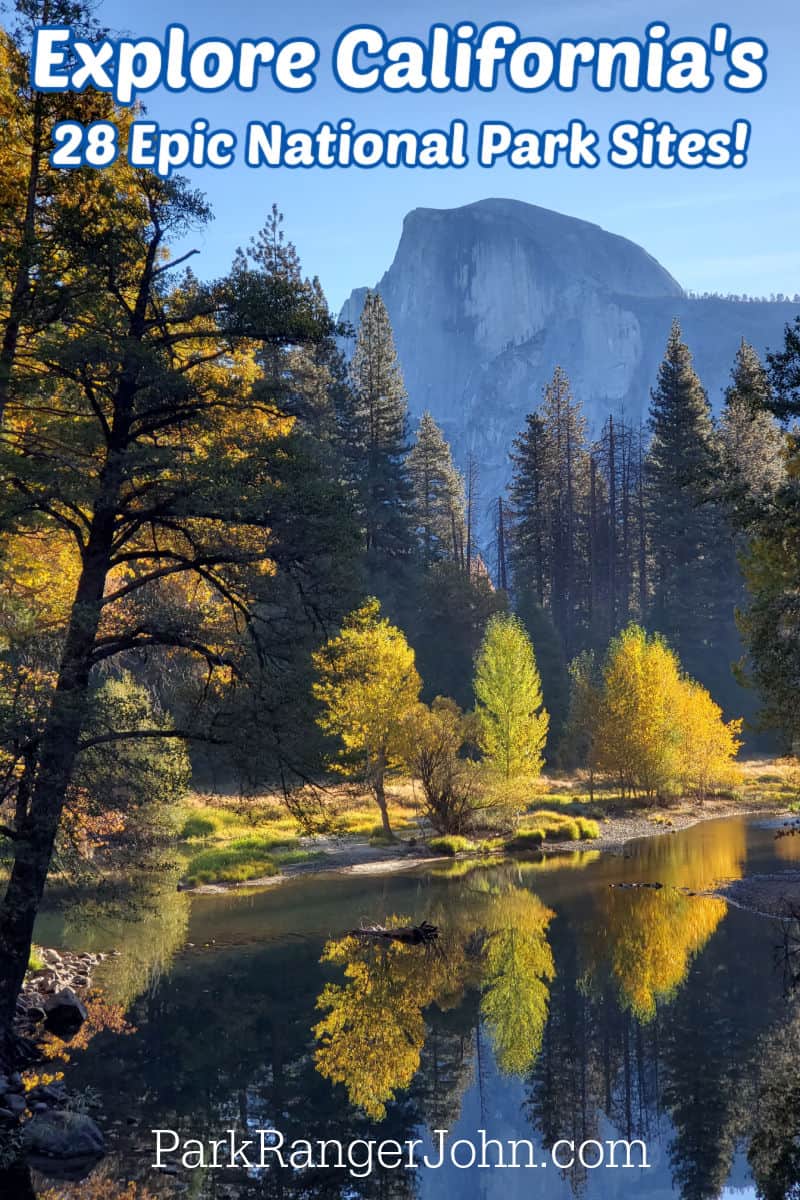
California National Parks
California also has multiple national monuments and national historic sites. Each of these national parks in California offers the opportunity to get outside and explore nature, historical sites and learn more about our park systems. We love traveling through California because it feels like every time you turn around there is another park to visit.
California has a great variety of National Parks. The windswept Channel Islands lie off the southern coast, offering adventures on land and sea. Forested parks include Sequoia & Kings Canyon and Redwood, where visitors can camp among some of the tallest and oldest trees in the world.
Desert Parks include Death Valley, the lowest place in America, and Joshua Tree. Golden Gate National Recreation Area is an urban park. Its holdings include popular Alcatraz Island, the Presidio, and historic Fort Point. Other historic Parks include Manzanar, Cabrillo, and Eugene O'Neil.
There are National Parks for every taste in California, but Yosemite, Mojave, and Mt. Lassen are particularly suited to long leisurely visits.
Lava Beds National Monument near the California-Oregon Border and Pinnacles National Park helps visitors explore the geology and rock formations of the state. Each has overnight camping facilities in the parks.
Historic Sites in the San Francisco area, visitors can visit a number of historic sites. Muir Woods details the history of John Muir and also the logging industry.
The Eugene O'Neil National Historic Site memorializes the playwright. Fort Point has cannon drills, fishing, and guided tours. Point Reyes National Seashore is a place to experience the ocean. It is often foggy and chilly here. Dress accordingly.
Cabrillo National Monument is located near San Diego on the Pacific Coast.
You don't want to miss the giant sequoias in Sequoia & Kings Canyon National Park in Northern California. Some of the largest trees in the world are close enough to touch them.
California is a state of diversity, and the parks in it symbolize that. No matter what a visitor wishes to see, California's national parks satisfy all of them.
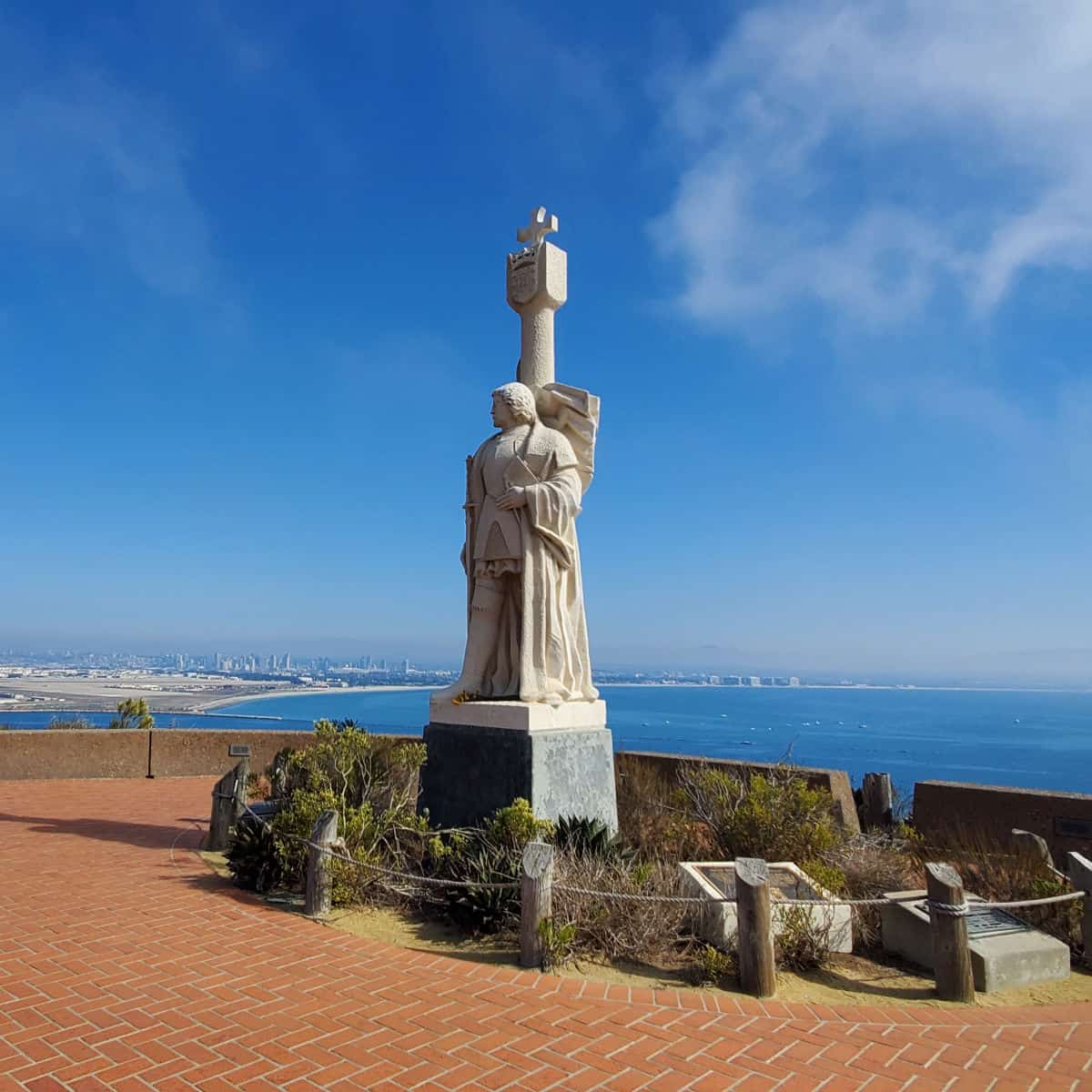
Cabrillo National Monument
Top Things to do - visitor center, tidepools, junior ranger program, birdwatching, whale watching, hiking, bicycling along Cabrillo Memorial Drive, photography, watching ships cruise in and out of San Diego Harbor
Lodging - There is not lodging available within the park, however there are many available places within the city of San Diego.
Camping- There are no campgrounds in the park
Park Address - 1800 Cabrillo Memorial Drive, San Diego 92106
Cabrillo NM is located in San Diego. The park is open year-round and offers the opportunity to tour a historic lighthouse, explore tide pools, look for whales and soak in the California sunshine.
Cabrillo commemorates when Conquistador Juan Rodriquez Cabrillo sailed into what is now San Diego Bay in September 1542. The park is located 422 feet above sea level offering epic views of San Diego Bay and the city skyline. Near the visitor center guests can visit the state of Conquistador Cabrillo which was a gift from the government of Portugal.
The park offers amazing views of the Pacific Ocean with whale watching from late December through early March. There is also a 2-mile Bayside Trail that winds along endangered Coastal Mediterranean habitat with coastal sage scrub.
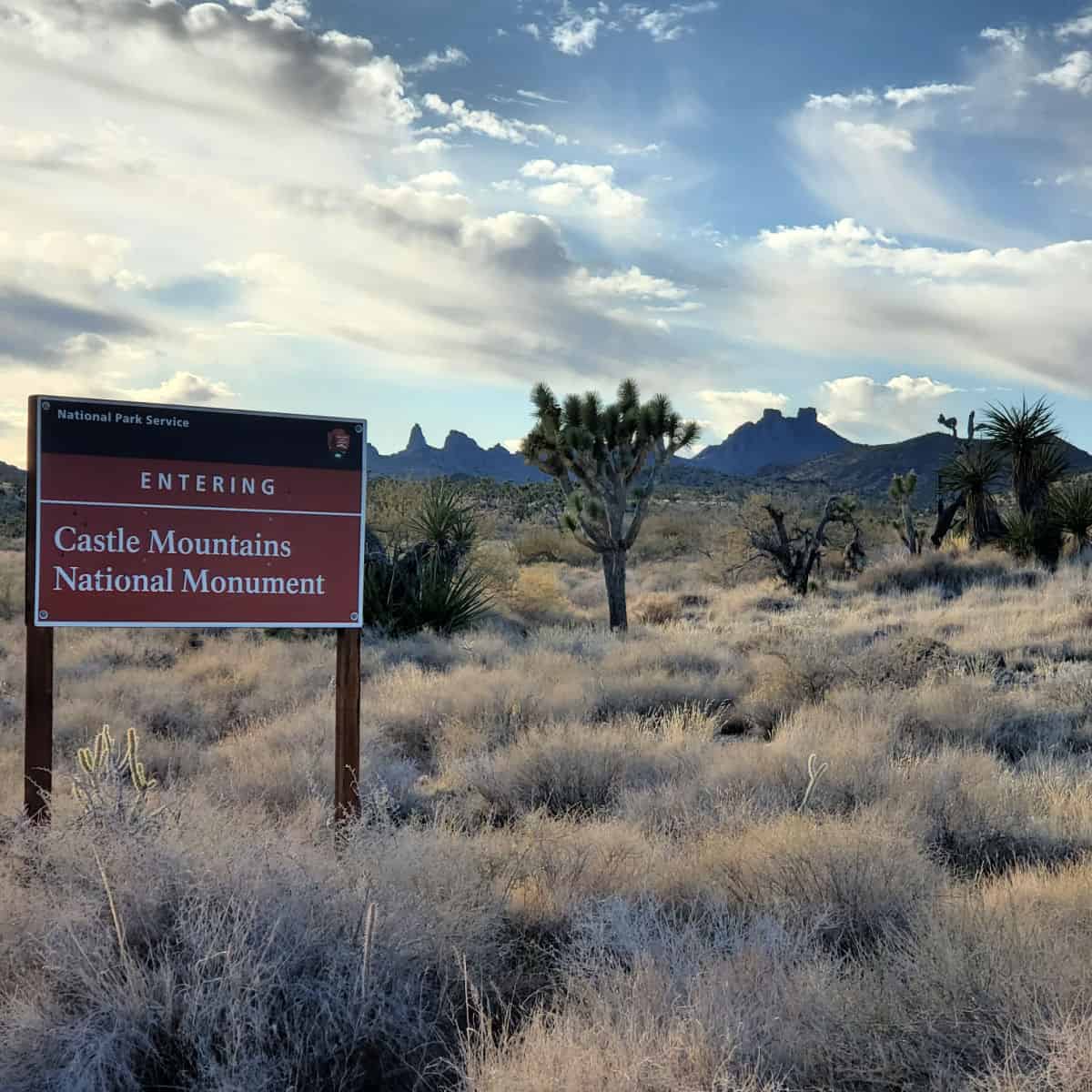
Castle Mountains National Monument
Top Things to do - auto touring, hiking, wildlife viewing and camping
Lodging - There are no lodging facilities within the Monument
Camping- There are developed campgrounds and back country camping is also available within the NM
Mid Hills Campground- Open. First come, first served only.
Hole-in-the-Wall Campground- Open. First come, first served.
Black Canyon Group and Equestrian Campground- Open. Groups 15 or more. Reservations required; call 760-252-6100 to make reservation and for more information.
Park Address - 2701 Barstow Road, Barstow, CA 92311
Castle Mountain NM is one of the newest National Park sites in California. The park borders the Mojave National Preserve and is currently undeveloped except for a dirt road that travels through the park.
Visitors should check for park conditions before heading out to visit. There is no visitor center or services within the park.
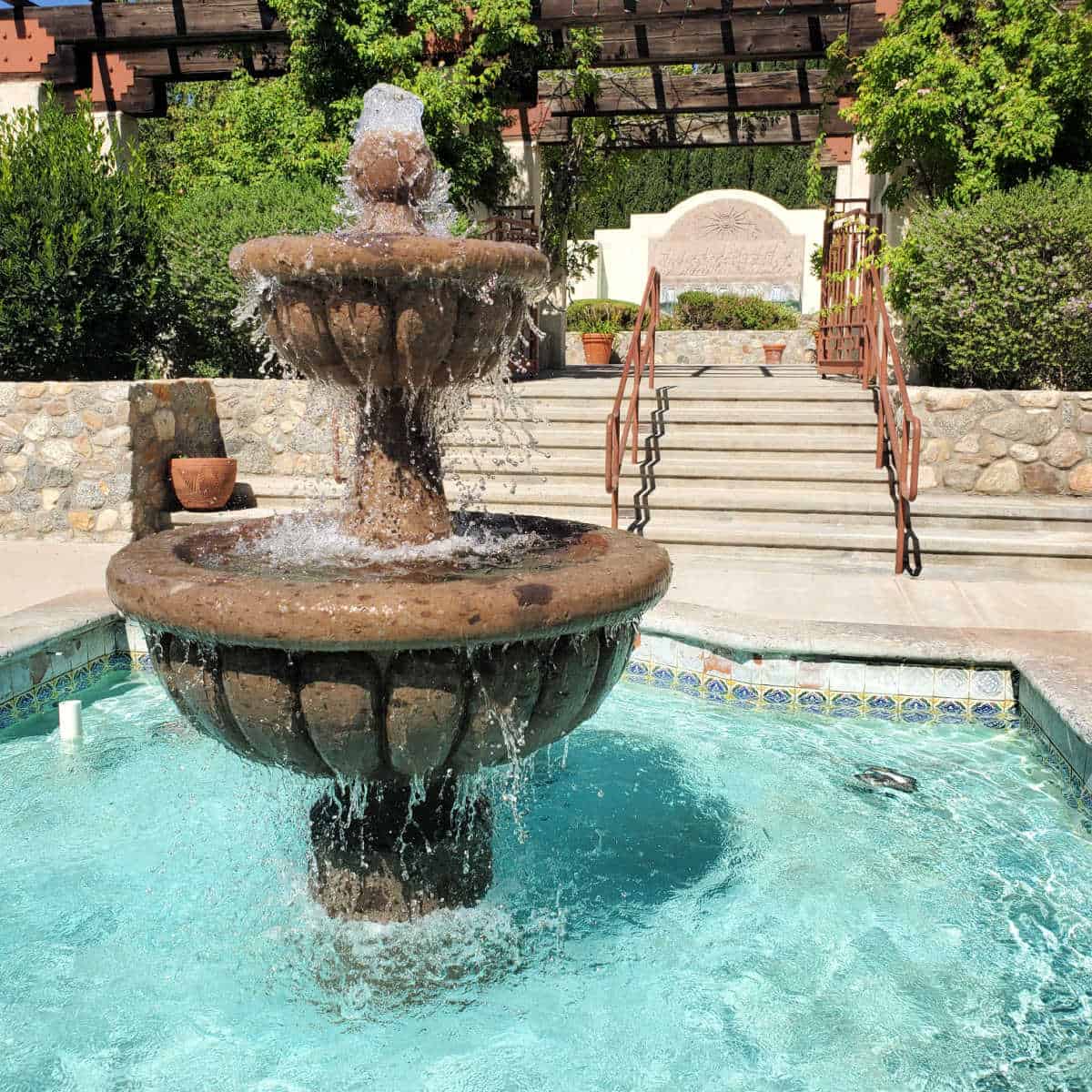
César E. Chávez National Monument
Top Things to do - visit and explore the visitor center, Cesar Chavez’s office, migrant workers' house, memorial garden, and the desert garden. Join the junior ranger program and watch the NM’s resident animals
Lodging - There are no National Park lodges within the park
Camping- There are no Campgrounds within the Cesar E. Chavez National Monument.
Park Address - 29700 Woodford-Tehachapi Road, Keene 93531
Cesar Chavez NM is located 125 miles north of Los Angeles in Southern California. The park is open year-round offering the opportunity to tour the visitor center, memorial garden and Cavez's preserved office.
Cesar Chavez became a leading figure in the fight for safer working conditions for agricultural workers in the early 1960s. He helped to create the formation of a labor union that would eventually become the United Farm Workers of America. The National Monument was established in 2012 in Keene, California.
Visitors can wander through the visitor center which has amazing exhibits including Cesar Chavez's preserved office. You can hear his granddaughter talk about her grandfather and the work that he did. There is a memorial garden next to the visitor center.
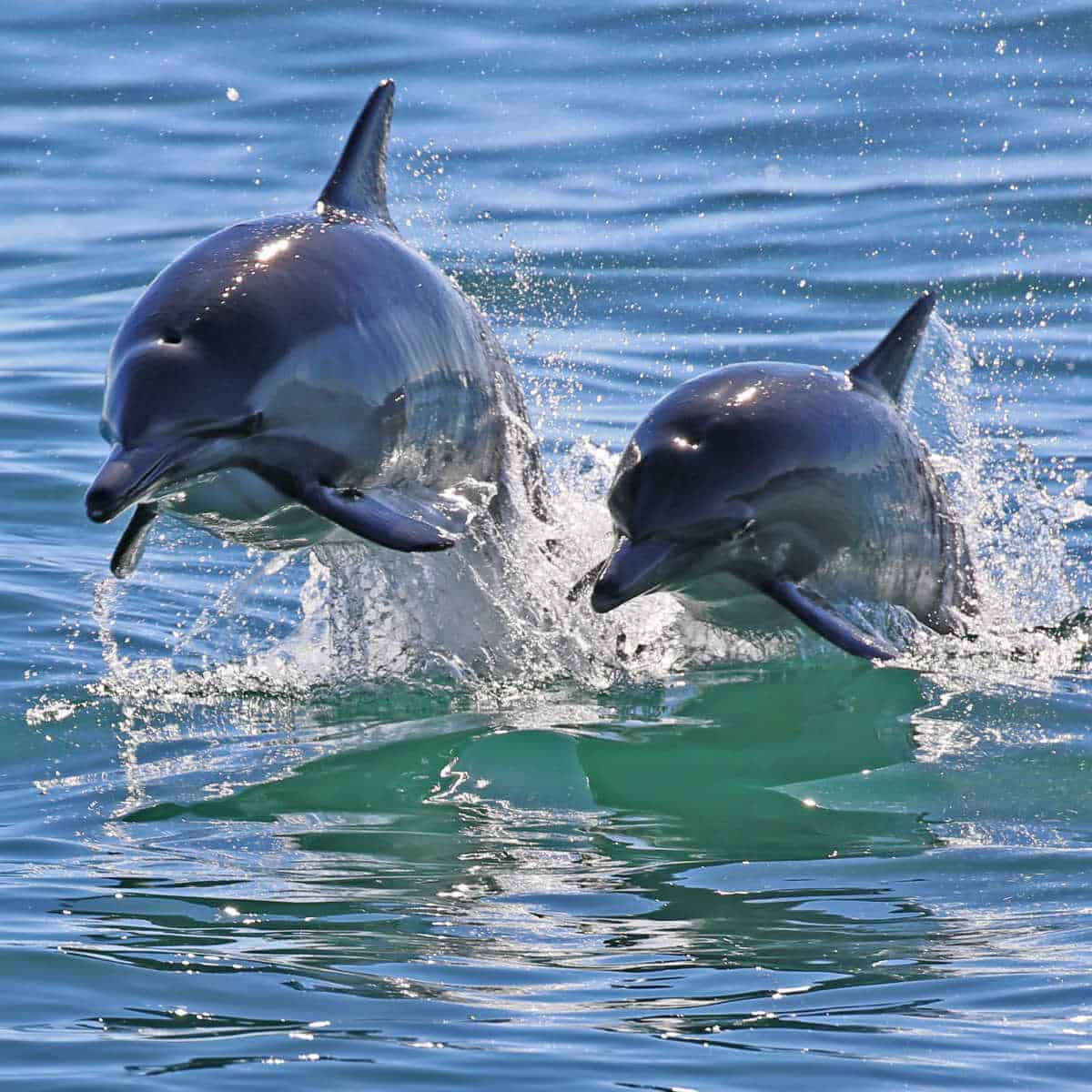
Channel Islands National Park
Top Things to do -Interpretive Programs, Hiking, Camping, picnicking, boating, kayaking, diving, snorkeling, fishing, surfing, tide pooling, whale watching, bird watching, seal and sea lion watching
Lodging - There is no lodging within the park
Camping- Camping is available year-round on all five islands in Channel Islands National Park in National Park Service-managed campgrounds. There is currently one established campground on each island: above the Landing Cove on Santa Barbara, on the east islet of Anacapa, at Scorpion Canyon on Santa Cruz, at Water Canyon on Santa Rosa, and above Cuyler Harbor on San Miguel.
Park Address - 1901 Spinnaker Drive, Ventura, CA 93001
Channel Islands NP is located off the coast of Southern California. The park is open year-round but weather can make an impact on the boat tours. There is a visitor center in Ventura that offers the opportunity to learn more about the Channel Islands.
The visitor center is next to the beach and offers the chance to see the marine ecosystem the park is known for. They have great interpretive displays and a cute store.
To reach the islands visitors need to book a tour with Island Packers boat tours. They offer multiple tours and can help you plan your trip.
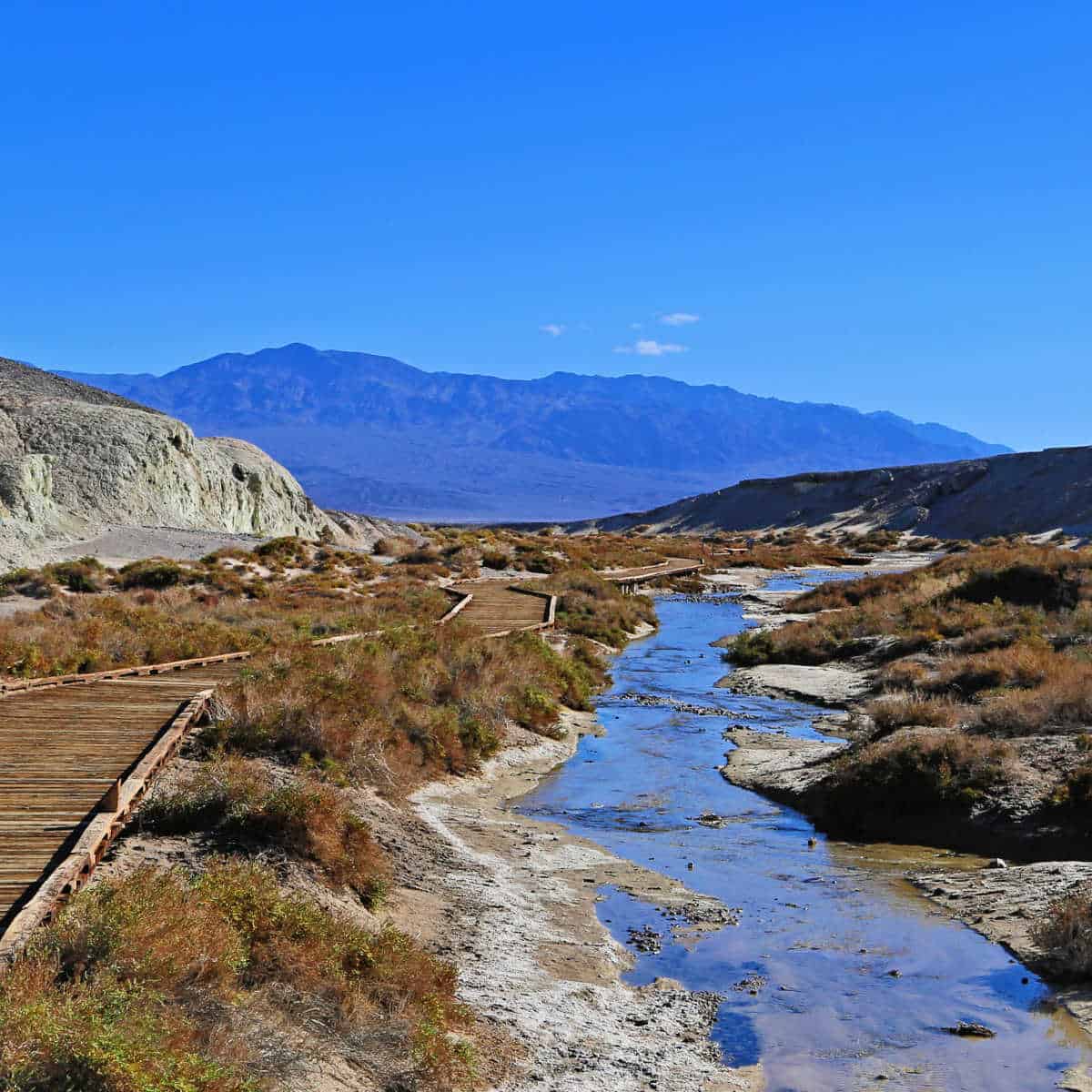
Death Valley National Park
Top Things to do - self-guided Star Wars driving tour, sightseeing, hiking, camping, night exploration, backpacking, road and mountain biking
Lodging - Lodging options within the park are Stovepipe Wells Village, The Inn at Death Valley, The Ranch at Death Valley and Panamint Springs Resort
Camping- Developed, primitive, and private campgrounds are available within Death Valley NP
Park Address - No specific address for the park
Death Valley NP is located in Eastern California approximately 120 miles west of Las Vegas, Nevada. The park is open year-round but the weather is better for visiting from fall through spring. Summers can be brutally HOT!
Death Valley is one of the most famous destinations in the world. The park offers the opportunity to experience some of the hottest weather in the world. In July 1913 the park registered a temperature of 134 degrees at Furnace Creek. You can get an amazing photo with the temperature gage by the visitor center.
Bad Water basin is 282 feet below sea level which makes it the lowest place in North America. Visitors will want to be prepared with water, snacks, and gas when they visit the park.
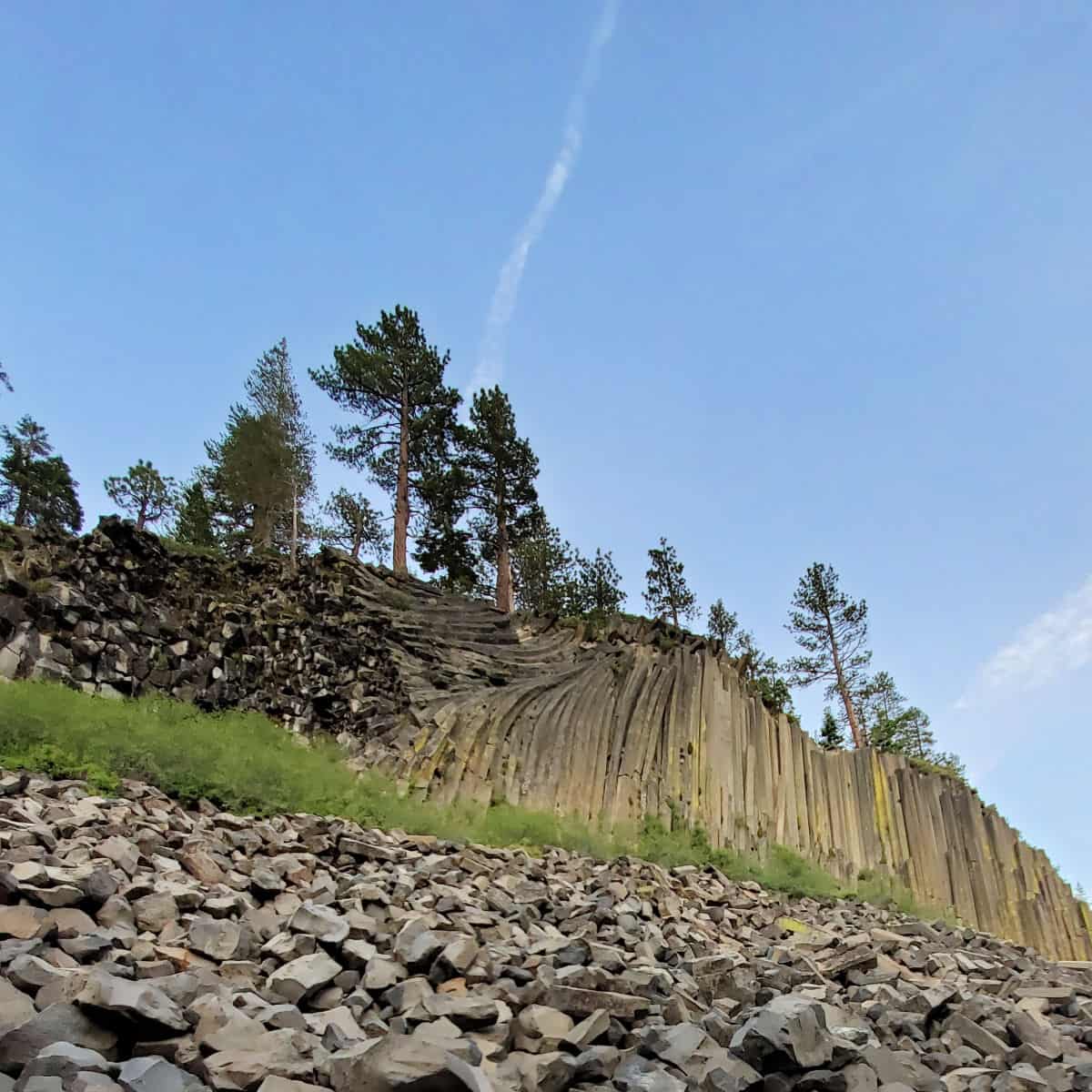
Devils Postpile National Monument
Top Things to do - cycling and mountain biking, horseback riding and stock use, wildflower and wildlife viewing, hiking, snowshoeing and skiing, and fishing
Lodging - There are no lodging options in Devils Postpile National Monument.
Camping- The 20-site campground has been closed since 2016 to address infrastructure repairs, safety needs, and the impacts of intense winters.
Park Address - Devils Postpile Access Road, Mammoth Lakes 93546
Devils Postpile NM is located in Eastern California approximately 130 miles south of Reno, Nevada. The park is open from summer to early fall. Visitors can enjoy hiking trails, interpretive panels and wildlife watching.
To reach Devils Postpile visitors will need to take a short walk to the basaltic lava outcropping. Make sure you are prepared with bug spray!
Around 80,000 to 100,000 years ago, basaltic lava erupted and flowed into a valley until it was blocked by a natural dam. This created a lava lake that was up to 400 feet deep. As the lava cooled it formed into a pattern. Over time as glaciers moved down into what is today's Red Meadow Valley, they exposed the striking columns that are now up to 60 feet high.
Visitors need to be prepared to take a shuttle from Mammoth Mountain Ski Resort to the park. The only exceptions are for disabled visitors, campers when the campground is open and visitors that visit after shuttle hours.
Eugene O’Neill National Historic Site
Top Things to do - Guided House Tour, Guided House Tour, Visitor Center, Junior Ranger Program, wildlife watching and bird watching
Lodging - While there are no lodging options within the Eugene O'Neill National Historic Site itself, there are several accommodations available in nearby cities and towns. Danville, California, where the historic site is located, is part of the broader San Francisco Bay Area, which offers a variety of lodging options to suit different preferences and budgets.
Camping- There is no camping in the site
Park Address - 205 Railroad Avenue, Danville 94526
Eugene O'Neill NHS is located in Northern California near Oakland. The park is open year-round but visitors need to have a reservation for the park tours.
The park celebrates one of the most celebrated American playwrights. Eugene O'Neill won four Pulitzer Prizes and the 1936 Nobel Prize in Literature. O'Neill lived in the Tao House for seven years during which he wrote multiple plays. The park offers guided tours of the house.
Reservations need to be made ahead of time for the guided tours. Visitors need to meet a shuttle bus in Danville which transports them to the property.
Fort Point National Historic Site
Top Things to do - Visit the visitor center, Golden Gate Bridge Photo Ops, Fort history talks, explore the Fort, Junior Ranger Program, Museum Exhibits, Self Guided Tours, Waysides and Pop-Ups, Candlelight Tours during winter season, Civil War Living History Day twice a year, Bird watching, Picnicking, enjoying the scenic views
Lodging - There is no lodging options within the NHS but you can find several in the nearby areas
Camping- There are campgrounds available within the Golden Gate National Recreation Area, but they are not located at Fort Point itself. Kirby Cove Campground and Bicentennial Campground are two options within the recreation area.
Park Address - Building 999, Marine Drive, San Francisco, CA 94129
Fort Point NHS is located in San Francisco and is open year-round. The park offers tours of a historic fort and epic views of the Golden Gate Bridge. The fort was built between 1853 and 1861 as part of the US Army defense system to protect San Francisco Bay.
It was designed and built during the height of the gold rush. It was the only fortification of its size and type built on the West Coast. The fort was prepared for a possible Confederate attack during the Civil War. An attack never occurred. The fort's guns were never fired.
When the Golden Gate Bridge was being constructed there was talk about demolishing Fort Point. The chief engineer of the project recognized the architectural value of Fort Point and made a plan to save it.
Visitors can enjoy the park film, demonstrations of cannon loading, and a self-guided tour.
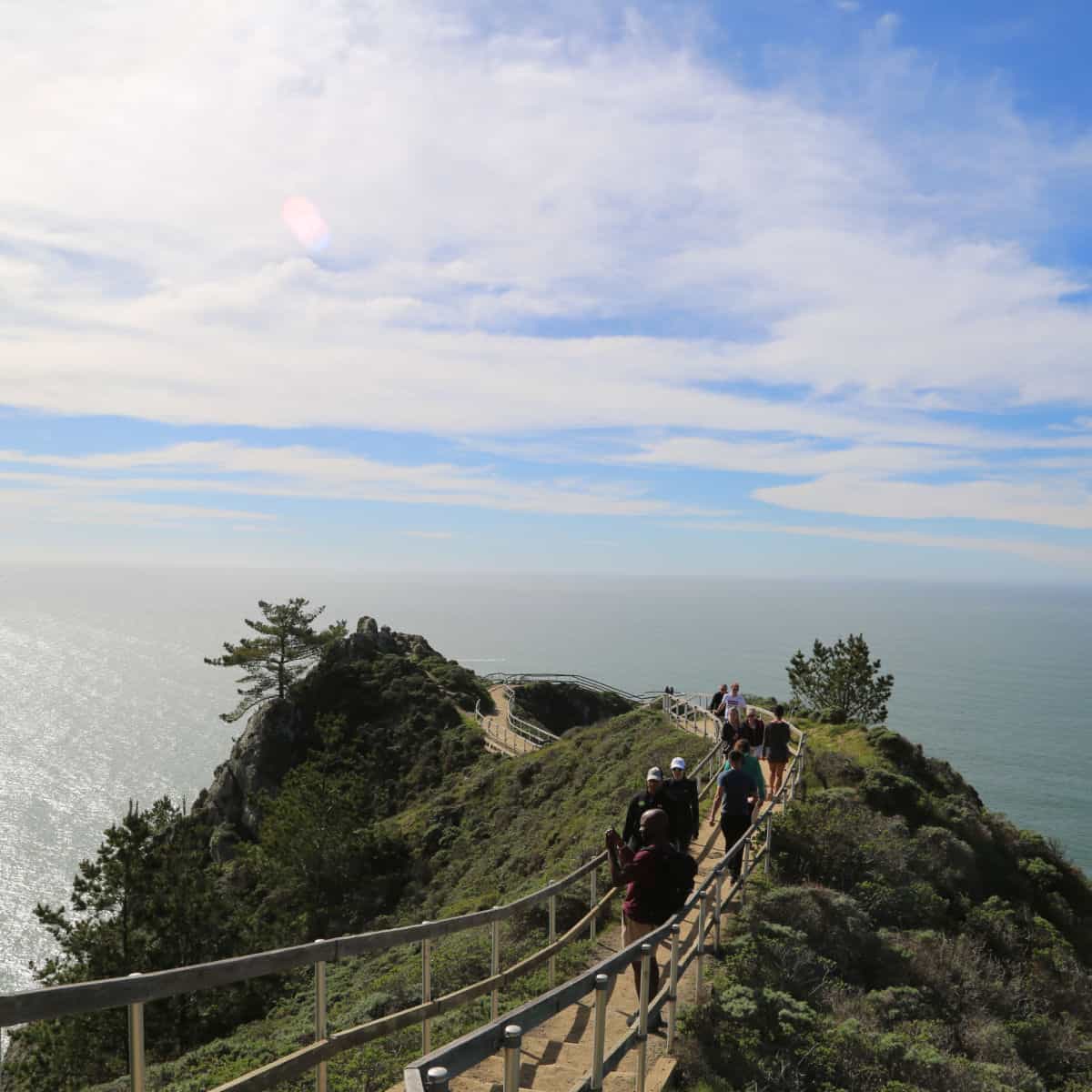
Golden Gate National Recreation Area
Top Things to do - Ranger-Led and Docent-Led Programs, Hiking and Trails, explore the Fort Point National Historic Site, visit Presidio of San Francisco, Camping, Hiking, Wildlife viewing, Bird watching, Fishing
Lodging - There are two luxury hotels, two youth hostels in the park. Because Golden Gate is surrounded by residential and commercial areas, there are numerous other lodging possibilities close to the park, ranging from budget motels to 5-star hotels.
Camping- Golden Gate National Recreation Area has 4 campgrounds; 3 of which close for the winter. The Presidio of San Francisco has one group campground.
Park Address - Building 201, Fort Mason, San Francisco, CA 94123-0022
Golden Gate Recreation Area is in the heart of San Francisco. It has overnight facilities at Marin Headlands. Many activities occur daily including visits to an aquarium where visitors may view all sorts of fish. They have beautiful gardens that visitors may walk through. People can take tours to Alcatraz from this point.
Surrounding the San Francisco Bay and including such wonders as the Golden Gate Bridge and Alcatraz Island, the Golden Gate National Recreation Area (GGNRA) is one of the world's largest urban national parks. In addition to the world-famous bridge and Al Capone's former digs, the GGNRA includes miles of unspoiled beaches and hiking trails, military forts from the days of the Spanish conquistadors, a Nike Missile Site, and hundreds of acres of coastal wetlands on a formerly abandoned airfield. You could spend several unforgettable days viewing the many attractions within this attraction.
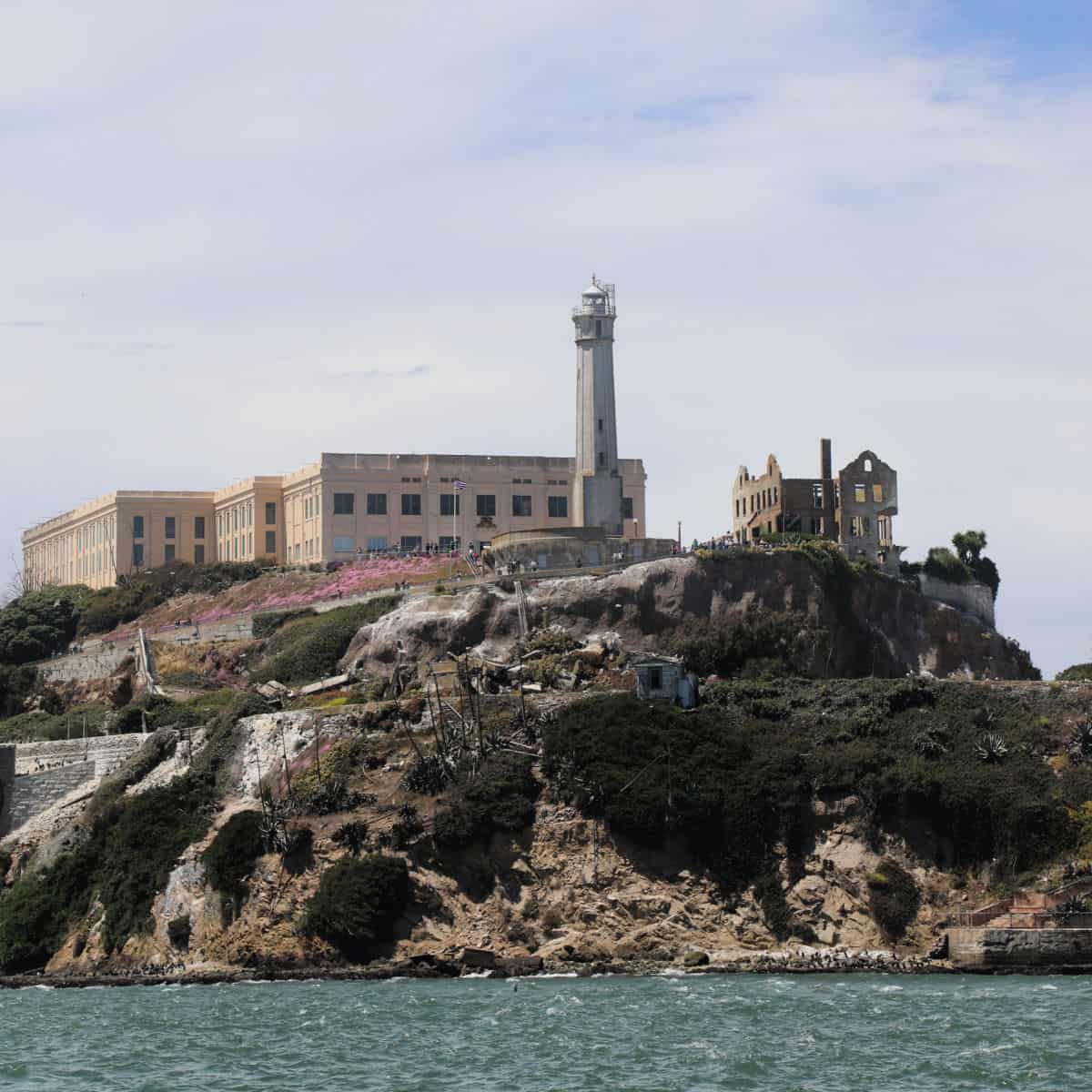
Alcatraz Island
Top Things to do - self-guiding Alcatraz Cellhouse Audio Tour, Explore the Prison, visit The Warden's House, explore the beautiful gardens, enjoy scenic views including the Golden Gate Bridge, Join ranger-led programs, Junior ranger programs, visit the visitor center
Lodging - There are no lodging options on the island
Camping- There are no campgrounds on the island
Park Address - Alcatraz Island, San Francisco Bay, CA 94133
Alcatraz is part of Golden Gate NRA. The park site is located in the middle of San Francisco Bay. Visitors will need to purchase a tour reservation ahead of time. Reservations can fill months in advance.
The island was one the site of a maximum-security prison that houses inmates including Al Capone, Machine Gun Kelly, the Birdman of Alcatraz and more.
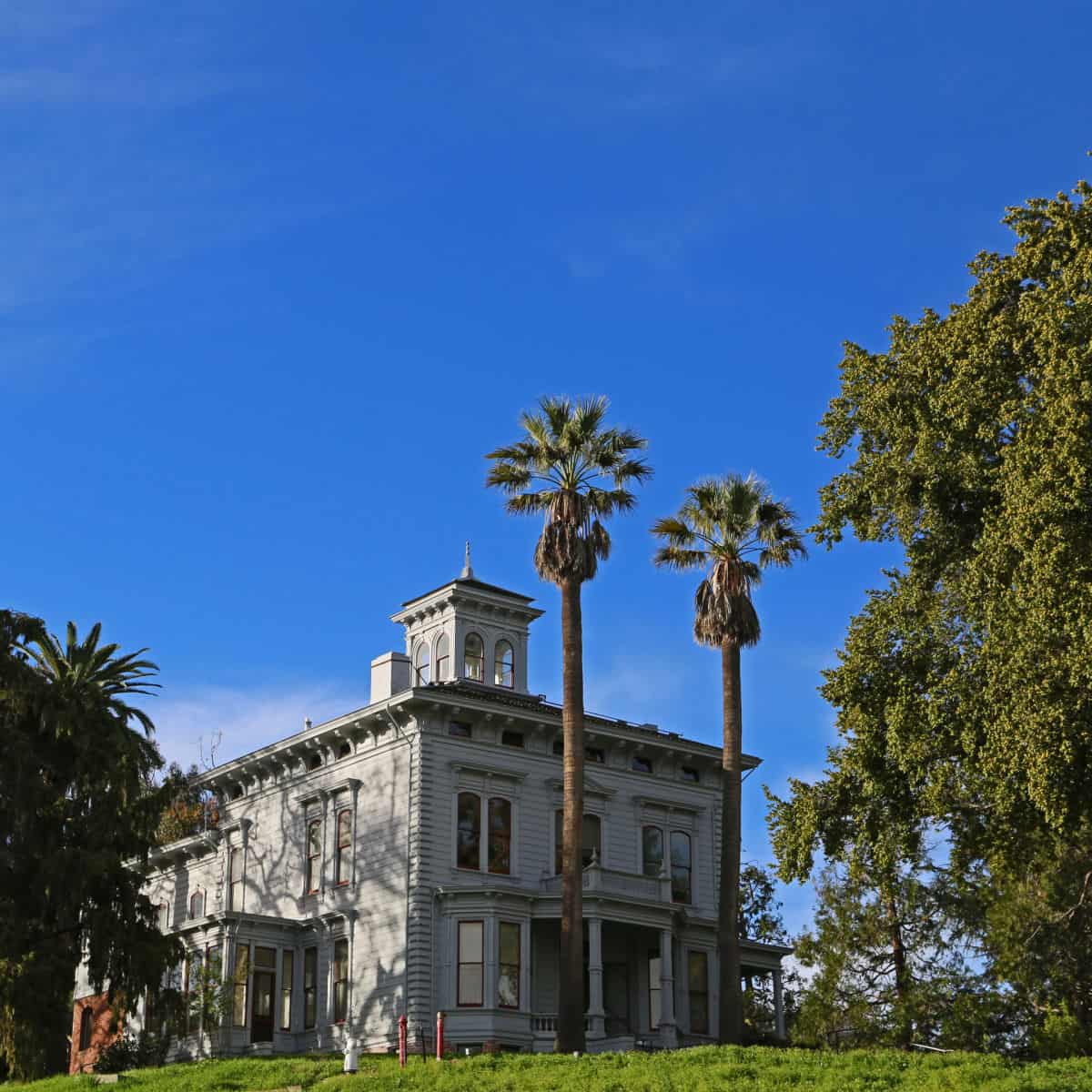
John Muir National Historic Site
Top Things to do - start with the Visitor Center, Visit the Strentzel/Muir home, Mount Wanda Hiking and Exploring, The Strentzel/Muir Family Gravesite Tour, visit Martinez Adobe, Become a Junior Ranger, enjoy your picnic on Mt. Wanda or at the main park grounds
Lodging - There is no lodging options within the site. However, you can find lodging near the John Muir National Historic Site in Martinez, California, by considering nearby cities like Concord, Walnut Creek, Pleasant Hill, Berkeley, Oakland, and, if you're willing to drive a bit farther, San Francisco.
Camping- Camping is not allowed on either the John Muir National Historic Site or Mount Wanda.
Park Address - 4202 Alhambra Ave, Martinez 94553
John Muir NHS is located in Northern California approximately 20 miles from Oakland. The park is open year-round and offers a tour of John Muir's home and guided nature walks.
John Muir was vital in the creation of Yosemite NP, Grand Canyon, Sequoia and Kings Canyon, and Mount Rainier National Park. He is often called the father of the National Park Service along with helping to found the Sierra Club.
This national historical park preserves the house that John Muir lived in for the last 24 years of his life. The park offers self-guided or ranger-led tours of the 14-room Victorian-style house. The house even has the witing desk that Muir would use. The park also has exhibits about the Juan Bautista de Anza National Historical Trail.
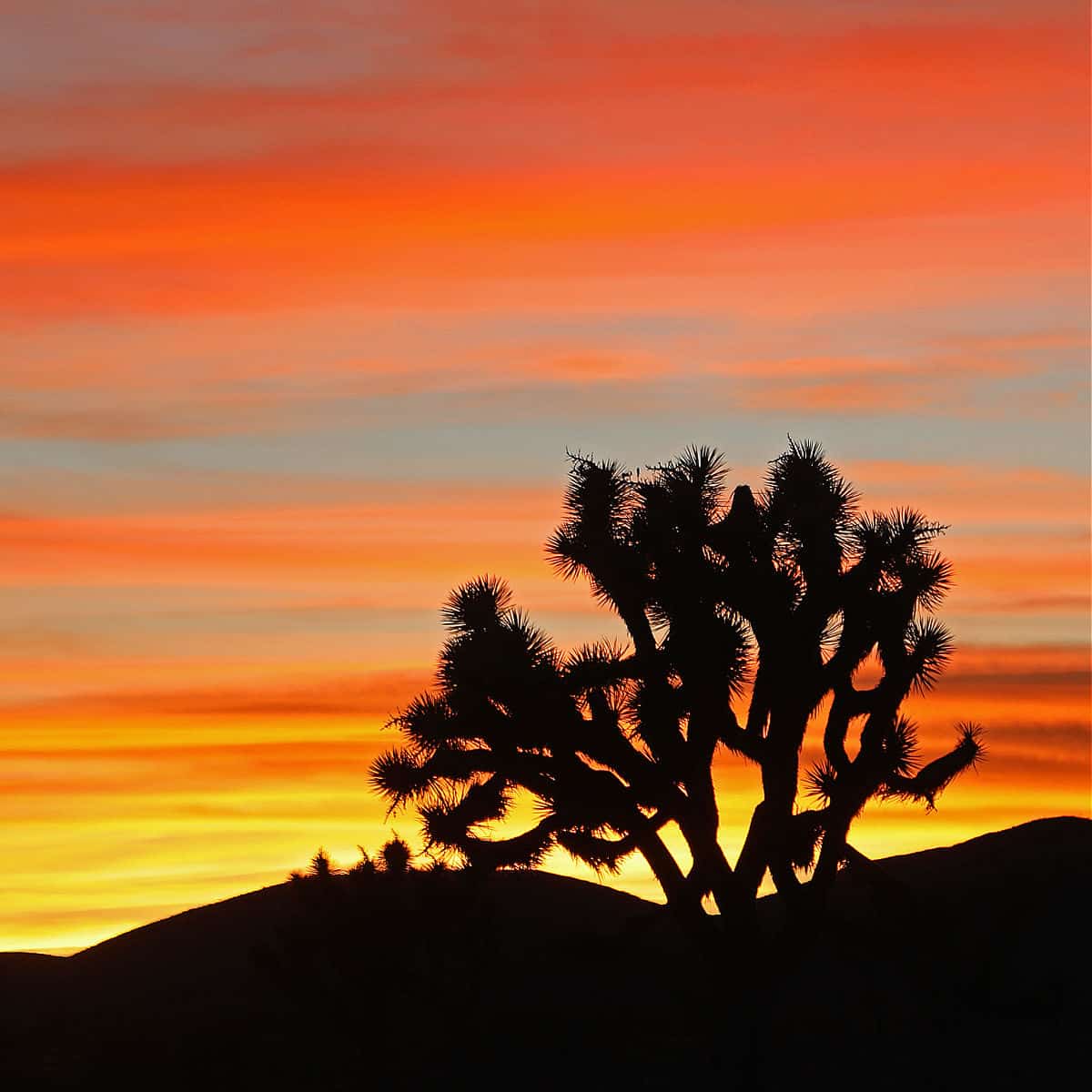
Joshua Tree National Park
Top Things to do - Ranger programs, camping, Hiking, visiting Cholla Cactus Garden, Horseback riding, Birding, Photography, Experiencing the night skies, Rock climbing, Backpacking, Wildlife viewing, Wildflower viewing and Biking
Lodging - There is no lodging available within Joshua Tree National Park. However, there are many places to stay in nearby communities.
Camping- There are 8 campgrounds of over 500 campsites available at the park
Park Address - 74485 National Park Drive, Twentynine Palms, CA 92277-3597
Joshua Tree NP is located in southern California approximately 40 miles from Palm Springs. The park is open year-round but summers can be very hot. The park offers hiking, camping, backpacking, and rock climbing.
The park encompasses two arid ecosystems the Colorado low desert and the Mojave high desert. There are three main entrances to the park that all lead to the main road that passes through the park. There are a ton of things to see within the park including the Cholla Cactus Garden, Oasis of Mara, Jumbo Rock, Skelton Rock and more.
Visitors need to be prepared with water and snacks. There are no food services within the park.
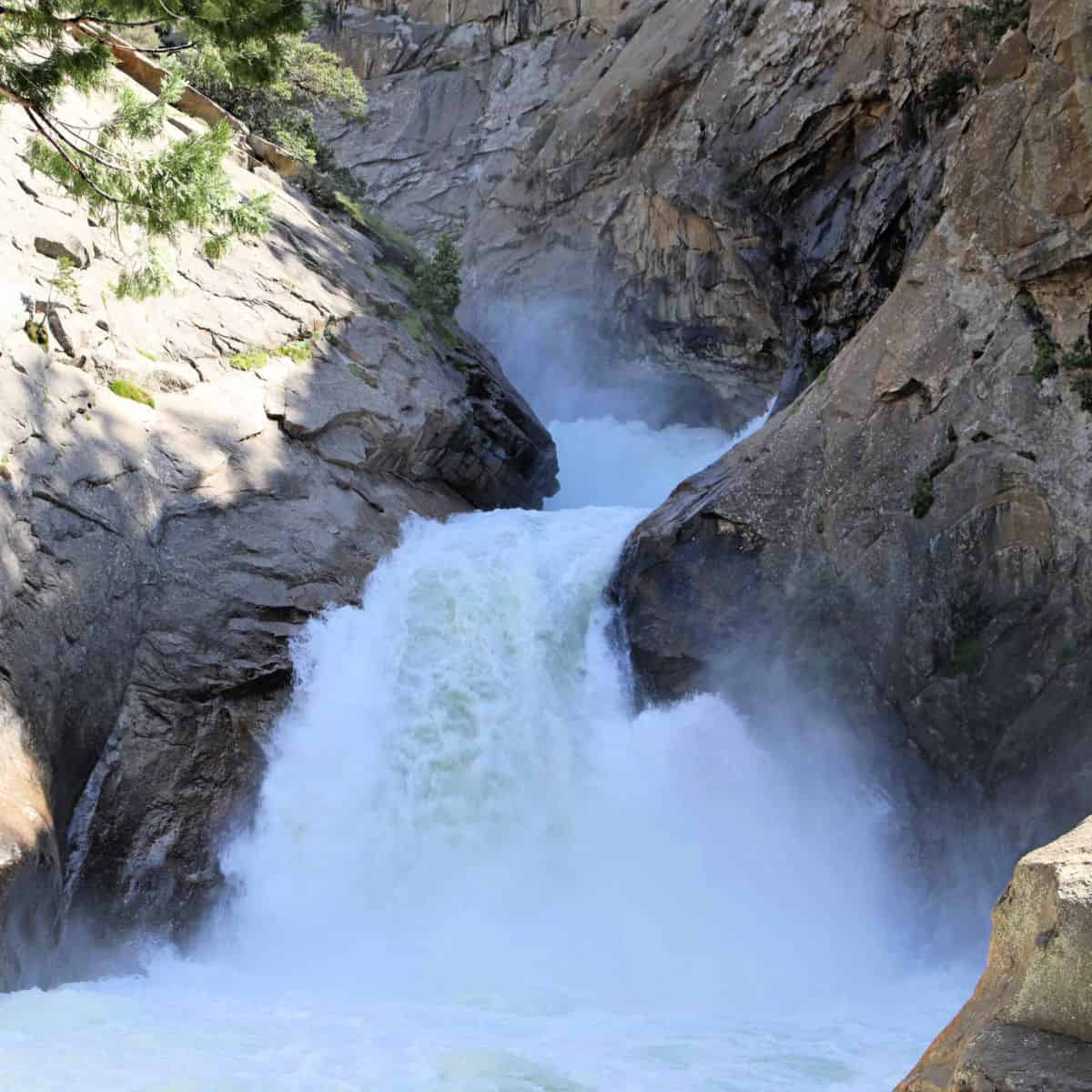
Kings Canyon National Park
Top Things to do - Giant Sequoias Trees, Camping, Hiking
Lodging - Four lodges operate within Sequoia & Kings Canyon National Parks, including one that is open year-round.
Wilderness lodging at Bearpaw High Sierra Camp is eleven miles out on the High Sierra Trail and offers comfortable cabins for wilderness hikers. Pear Lake Winter Hut is a rustic cabin for wilderness skiers.
Camping- There are fourteen campgrounds in the parks, including two that are open during all four seasons.
Park Address - 47050 Generals Highway, Three Rivers, CA 93271
Kings Canyon NP is located in Central California.
Nestled in California’s Sierra Nevada Mountains, adjacent to the glorious Sequoia National Park, is the sprawling Kings Canyon National Park.
Kings Canyon has some of the largest trees in the world by volume, incredible rivers especially during spring runoff, and incredible viewpoints.
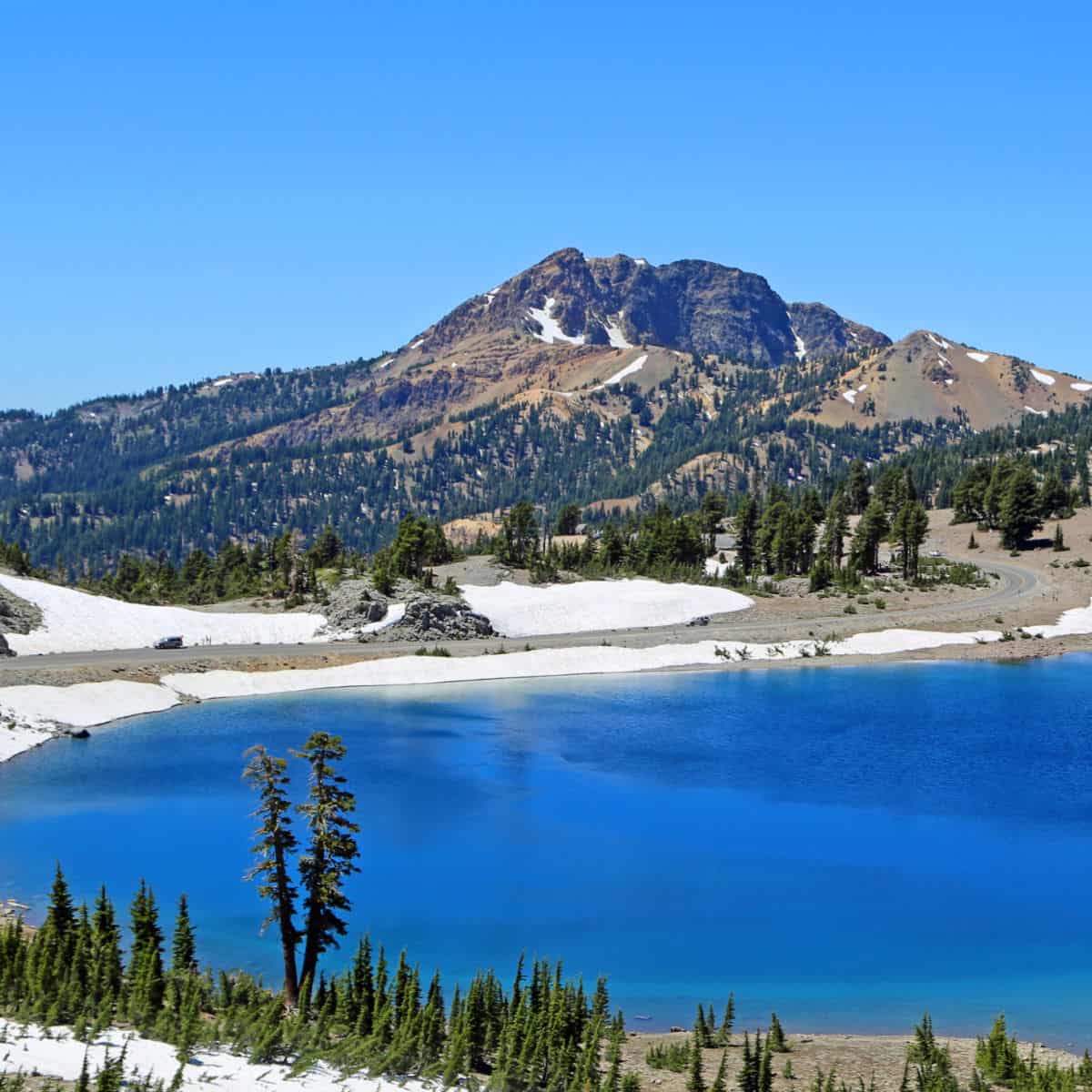
Lassen Volcanic National Park
Top Things to do - Hiking, Join a Ranger-led program, Boating, Fishing, Camping under the stars, Driving the Scenic Highway, visiting Sulphur works, Walk Devastated Area Interpretive Trail, Biking, exploring the Lava Tubes, Wildlife viewing, Snowplay and sledding during winter, Snow camping, Oversnow travel
Lodging - Drakesbad Guest Ranch in Warner Valley offers the only hotel-type lodging within the park.
Camping- Lassen Volcanic National Park contains eight campgrounds.
Manzanita Lake Camping Cabins are located near Manzanita Lake Campground, these rustic camping cabins provide accommodations in Lassen Volcanic National Park.
Park Address - 38050 Highway 36 East, Park Headquarters, Mineral, CA 96063
Mount Lassen Volcanic National Park is not terribly popular. It is far from major population centers and gets so much snow that the main road often does not open until June. It is a fascinating place though, with various geothermal features set among evergreen forest and the rocky remains of lava flows. Many of the park's attractions are accessible in a few steps from the car.
It is also possible to climb Mount Lassen, a rigorous 5-mile trek. Bumpass Hell, a huge geothermal feature, is quite close to the road. It features a stinky variety of bubbling mud pots and steaming fumaroles, set in a landscape of multicolored mud. The whole feature can be visited on a mostly level two-hour walk. The Cinder Cone, on the other hand, is a tough climb, up a steep spiraling trail through sliding reddish cinders. Climbing Cinder Cone is like trying to run on a beach.
There are also peaceful lakes though, evergreen forests, and alpine flowers. A delicate flower, the Lassen Smelowskia, grows only within the bounds of Lassen Park. It is a threatened and endangered species.
President Teddy Roosevelt declared Lassen Peak and Cinder Cone National Monuments in 1907. Volcanic activity occurred starting in 1912, and because of it, Lassen became a National Park in 1916. The major eruption did not come until 1921, blasting away a chunk of the mountain, and leaving a devastated area still visible today.
In high summer, many of the National Parks are heavily used. Yet even then, it is possible to find solitude by visiting areas that are less well known. Some parks never get many visitors and even the ones that do deserve their popularity. To experience the beauty of California, visit one of these great National Parks.
Don't miss the Lassen Volcanic NP visitor center! It is filled with amazing information.
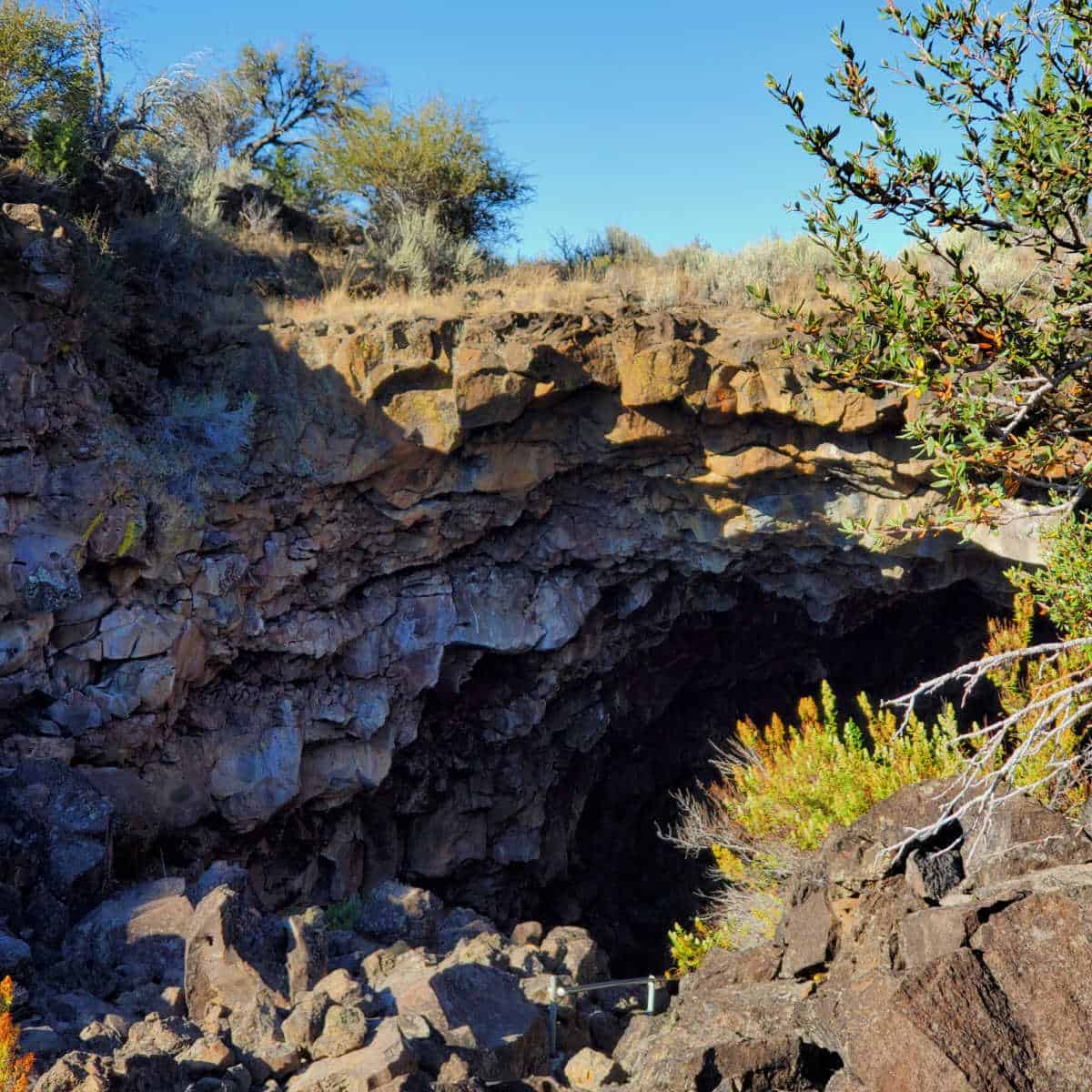
Lava Beds National Monument
Top Things to do -Caving, visit the Visitor Center, Join a Ranger Program, Hiking in Lava beds, Stargazing, Camping
Lodging - There are no lodging options within the park but several are available in the nearby areas
Camping- Lava Beds has one campground, Indian Well Campground, located ½ mile (0.8 km) from the visitor center and cave loop. There are 43 sites available on a first-come, first-serve basis.
Park Address - 1 Indian Well HQ, Tulelake , CA 96134
Lava Beds NM is located in northern California approximately 35 miles from Klamath Falls, Oregon. The park is open year-round and offers cave touring, hiking, wildlife watching, and camping.
The park has a great visitor center that interprets the volcanic activity of the area. It is highly suggested that visitors stop at the visitor center to learn more about the caves and what to expect within the park. There are multiple levels of cave experiences available from beginner to very advanced.
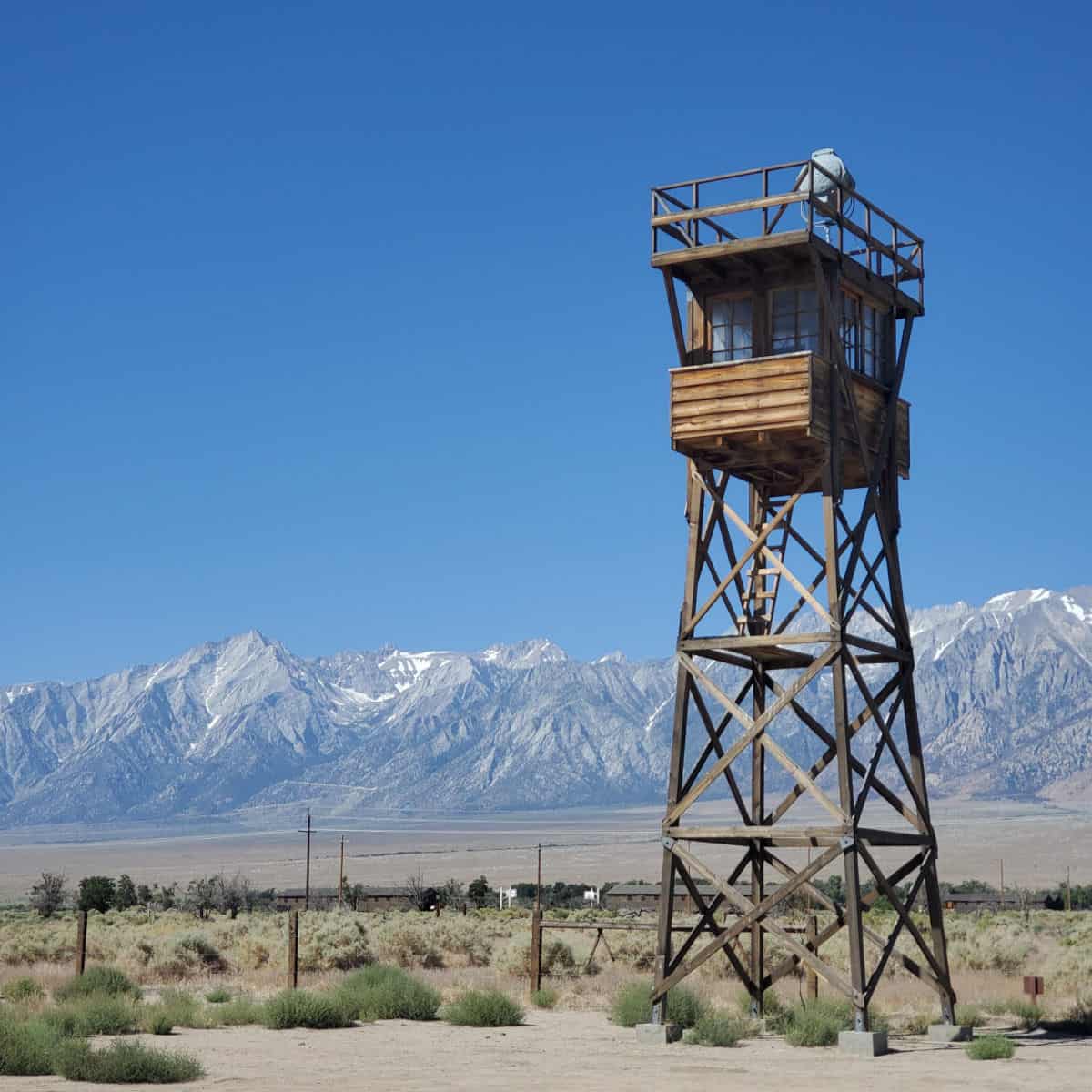
Manzanar National Historic Site
Top Things to do - Japanese Garden Tour, visit the Visitor Center and Block 14, Wildlife viewing, take a self-guided driving tour, biking. visit the two reconstructed barracks, a reconstructed women's latrine, and a remodeled WWII era mess hall to learn about daily life at Manzanar, Explore the site of the Children's Village, remnants of the hospital, the orchards, eleven uncovered, the baseball field, the Shepherd Ranch site.
Lodging - There are no lodging options within the site. Lone Pine, California, is one of the nearest towns with lodging facilities, and it's approximately 10 miles south of the site.
Camping- There are no campgrounds within the Manzanar National Historic Site
Park Address - 5001 Highway 395, Independence, CA 93526
Manzanar NHS is located in east-central California approximately 170 miles from Bakersfield. The park is open Fall through Spring and offers historical exhibits and an auto-tour route.
After the Japanese attack of Pearl Harbor in 1941, the United States government ordered 110,000 Japanese American citizens to leave their homes and move to remote camps. The Manzanar War Relocation Center was one of 10 camps set up around the United States.
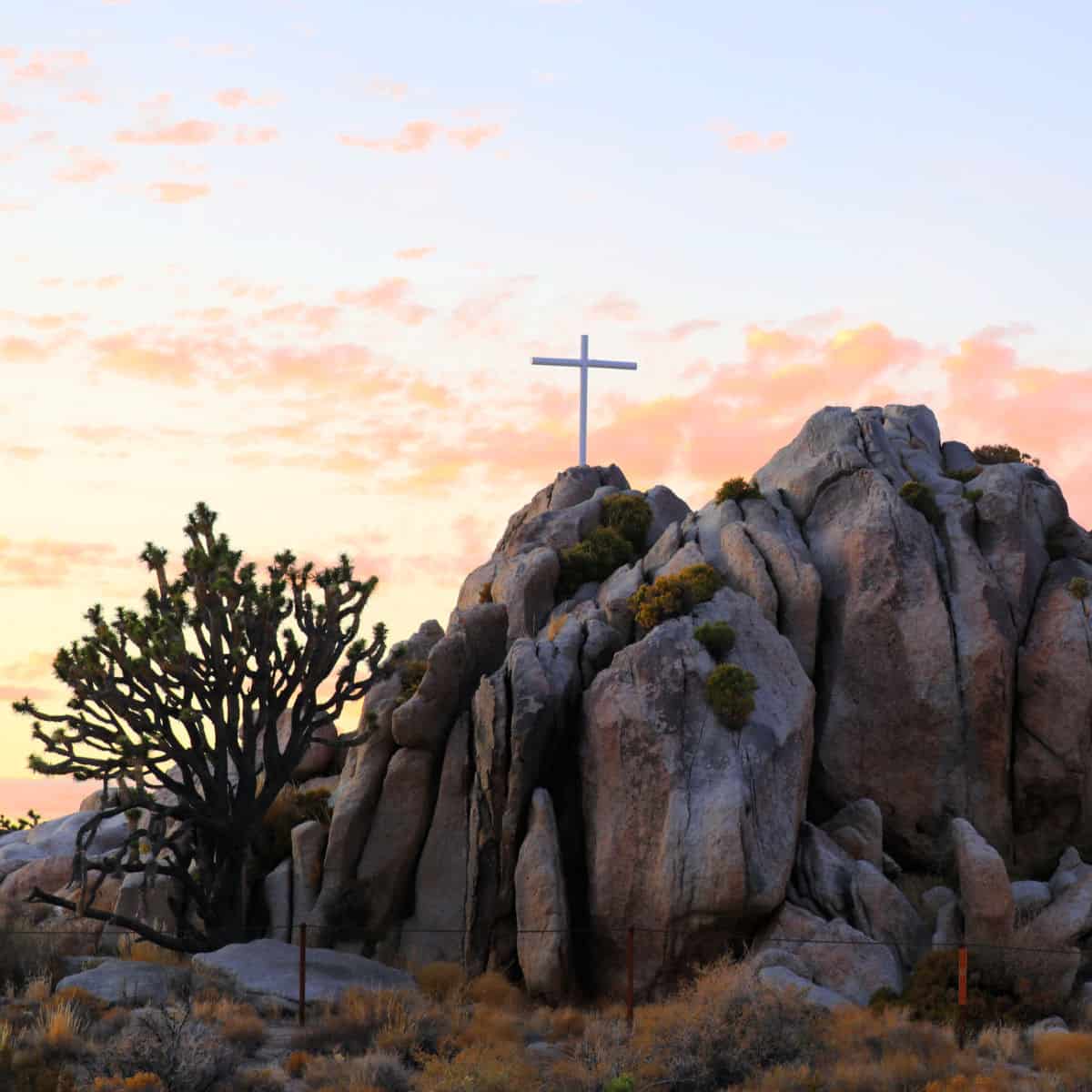
Mojave National Preserve
Top Things to do -Explore Kelso Depot, Visit a Lava Tube, Hiking, Camping, Hike Desert Sand Dunes, Scenic Driving, Camping, Biking, Horseback riding Wildflowers viewing
Lodging - There are no lodging options within the park. The nearest towns with lodging facilities typically include Barstow, Baker, and Joshua Tree.
Camping- Camping in Mojave National Preserve is an enjoyable and rewarding pastime for visitors of all ages, backgrounds, and experience levels. Developed campgrounds are ideal for families and groups, while previously used undeveloped camping areas and nearly 700,000 acres of wilderness offer more wild camping experience.
Park Address - 90942 Kelso Cima Road, Kelso, CA 92309
Midway between Los Angeles and Las Vegas is desolate Mojave National Preserve. It is often unbearably hot here from May to October, but there are compensations. In fact, this huge desert park holds a surprising variety of attractions.
After a rainy winter, the wildflower show is astonishing. Whatever the season, winding canyons lead on, and mysterious caves burrow into the dry hills. The cinder cones remind visitors of the power of nature, and the Kelso dunes amaze those who run down them to hear their distinct song. Most of all, there is solitude.
Hole-in-the-Wall is a developed campground suitable for families. It has an information center and a short nature trail that introduces travelers to the plants of the region. The campground is set among pockmarked cliffs with a prehistoric feel. Take the Rings Trail down Banshee Canyon for an unusual experience. Explore it by climbing down a series of bolts and rings through a chute that can feel extremely narrow. If the wind is right, you will hear the Banshee howl.
Desert tortoises live in the preserve, along with bighorn sheep, poisonous Gila monsters, golden eagles, and rattlesnakes. The rattlesnakes of the Mohave are particularly deadly, so never put your hands or feet in any place you cannot see.
The Mojave Preserve is one of the most recent areas to come under the protection of the Park Service. It joined the system in 1994. Because it is a preserve rather than a national park, certain uses prohibited elsewhere, such as hunting, are permitted here.
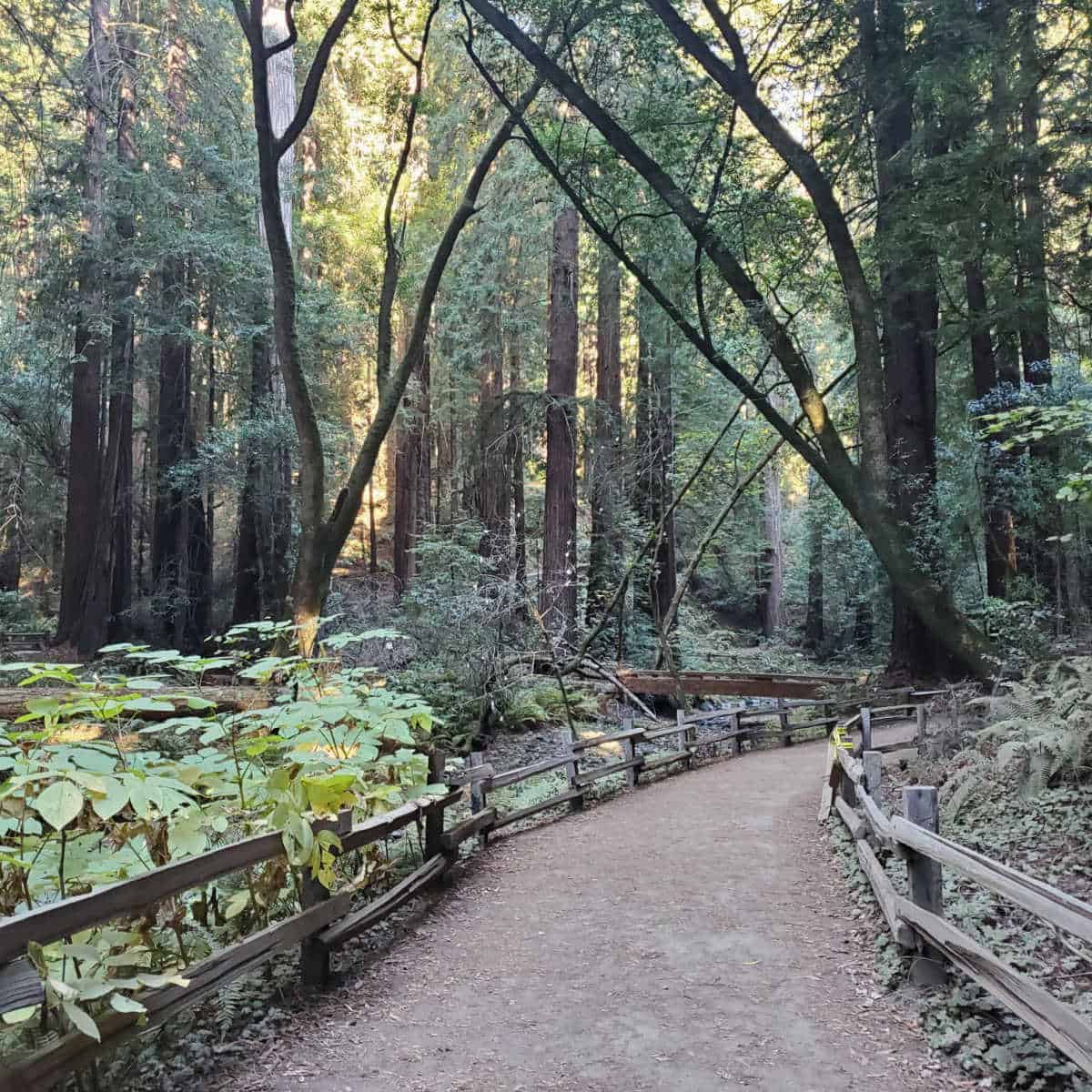
Muir Woods National Monument
Top Things to do - Explore the Redwood Forest, Ranger Led Program, Junior Ranger Program, Hiking, Birdwatching, Enjoying the Beach With Your Pets
Lodging - There are no lodging facilities in Muir Woods National Monument. The closest lodging is available in Mill Valley, CA - the town Muir Woods is located in - or Muir Beach, CA.
Camping- There is no camping within Muir Woods National Monument.
Park Address - 1 Muir Woods Rd, Mill Valley, CA 94941
Muir Woods NM is located in Northern California just north of San Francisco. The park is open year-round and offers hiking among big trees and ranger-led tours.
The park protects coast redwood trees that stand up to 260 feet high as well as some very tall Douglas Fir trees. The average age of the redwoods in Muir Woods are between 600 to 800 years old. With some of the trees being closer to 1,200 years old. The park includes six miles of hiking/walking trails that wind through the trees.
Visitors will want to reserve Muir Woods parking and shuttle passes well in advance of when they want to visit the park.
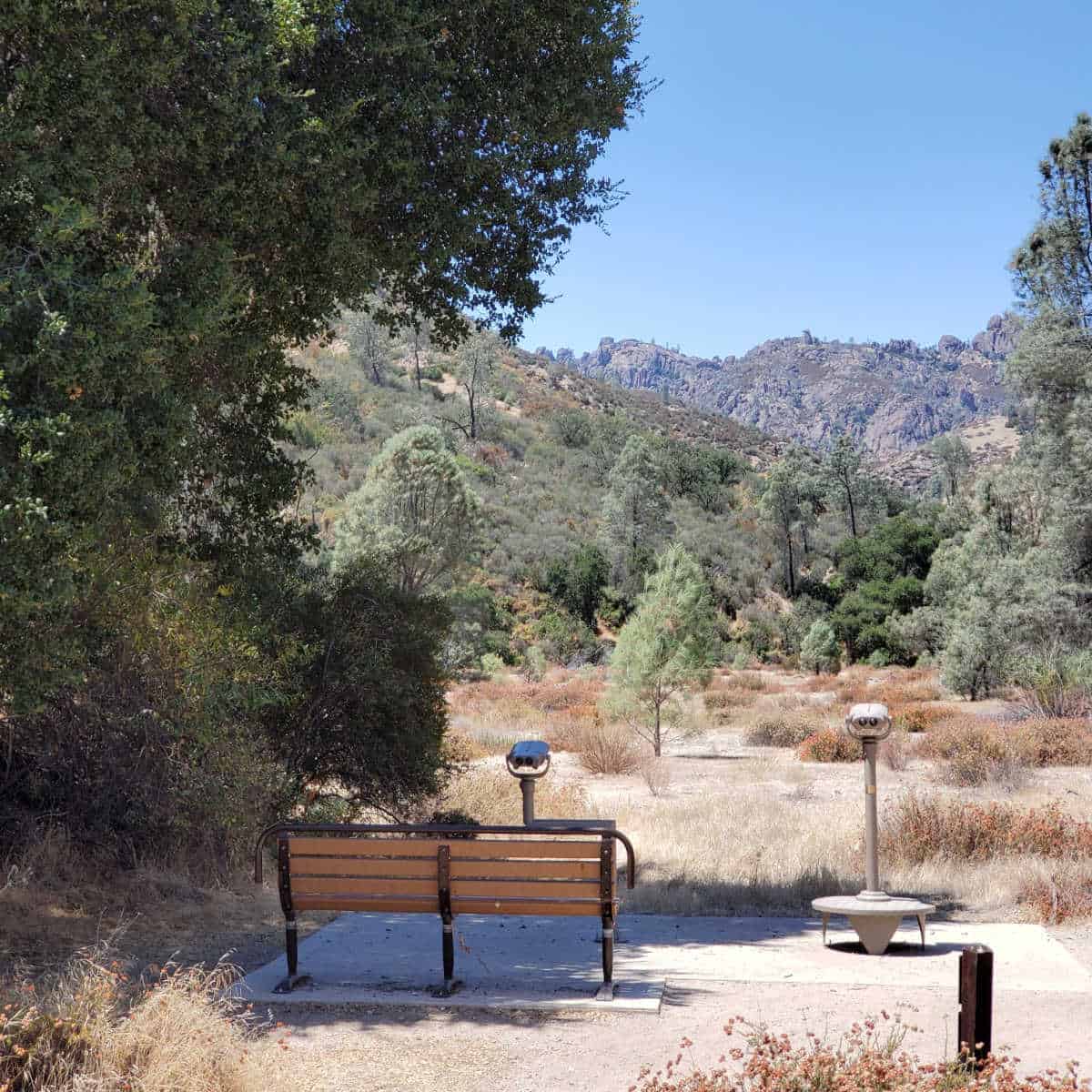
Pinnacles National Park
Top Things to do - Hiking Trails, Camping, Ranger Programs, Rock Climbing, Bird Watching, Talus Caves
Lodging - There is no lodging available within Pinnacles National Park. However, there are many places to stay in nearby communities.
Camping- The Pinnacles Campground is located on the east side of the park. The campground offers tent and group camping, along with RV sites. Each tent and group site has a picnic table and fire ring.
Park Address - 5000 East Entrance Road, Paicines, CA 95043
Pinnacle NP is located in Central California approximately 75 miles south of San Jose. The park is open Fall through Spring due to summers being extremely hot. The park offers hiking, rock climbing, camping and the opportunity to see Condors in the wild.
I have to say that seeing Condors is not guaranteed but there is a high chance of seeing them even though we have not seen one after multiple visits. We always hear that we just missed them.
Pinnacles offer great rock climbing for experienced climbers. Pinnacles Campground is one of the few National Park campgrounds that have a pool.
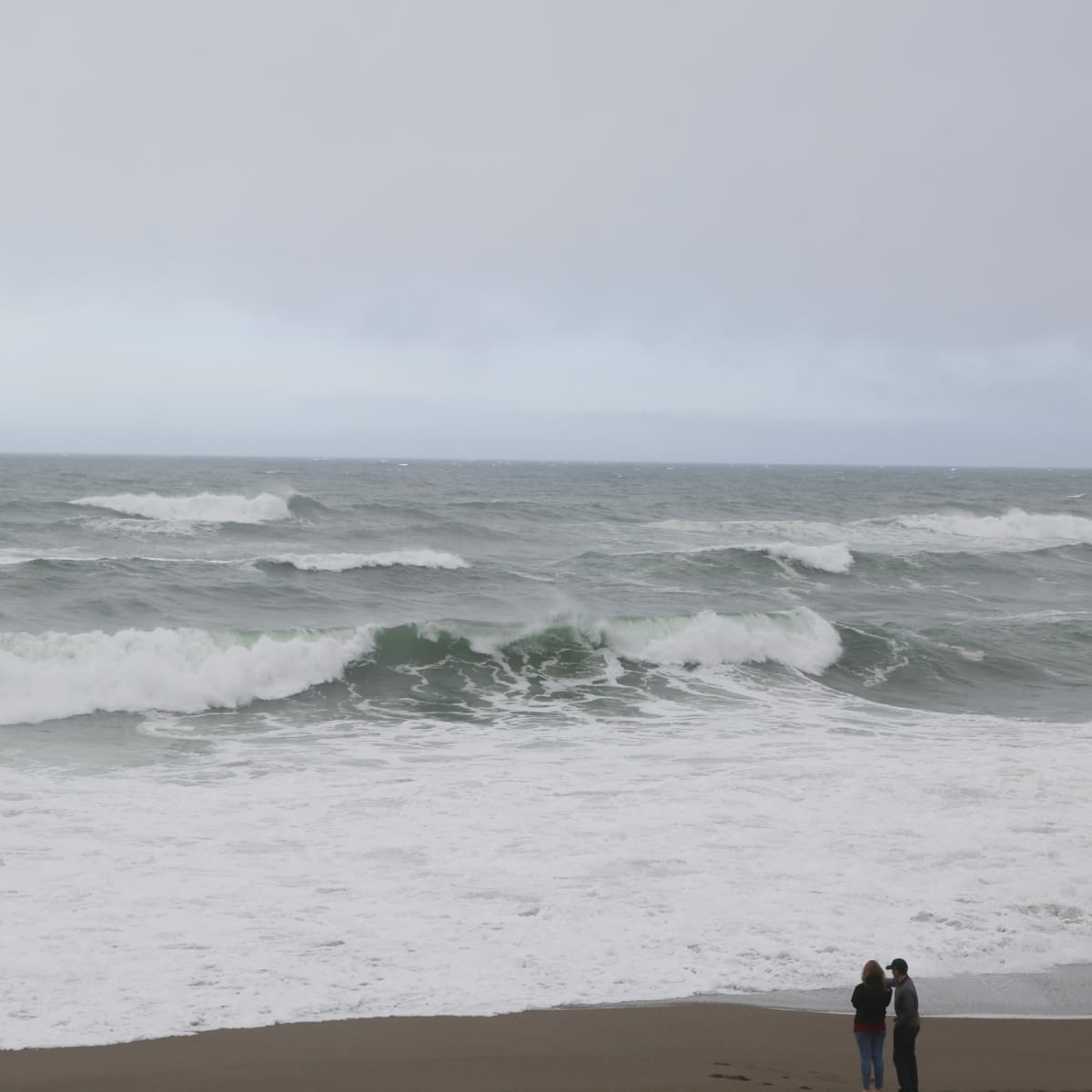
Point Reyes National Seashore
Top Things to do - stop by the Bear Valley Visitor Center, Hiking, Kayaking, Elephant Seals viewing, Tule Elk viewing, Whale watching
Lodging - The only lodging within Point Reyes NS is offered through Hostelling International USA. Other lodging is available outside the park.
Camping- Point Reyes National Seashore has four backcountry campgrounds. Camping is also permitted on some beaches along Tomales Bay's west side.
Park Address - 1 Bear Valley Road, Point Reyes Station, CA 94956
Point Reyes National Seashore is located approximately 30 miles north of San Francisco. The park offers the opportunity to escape the crowds of San Francisco and experience beautiful scenery.
There are 150 miles of hiking trails within the national seashore. Visitors may be surprised to see elk in a 2,600-acre preserve. Visitors can also visit the 1870 Point Reyes Lighthouse. Rangers lead seasonal tours of the lighthouse. This is a great spot to watch for grey whales in the winter.
[mv_video jsonLd="true" key="xgeprjohckt9eis5b6t7" ratio="16:9" thumbnail="https://mediavine-res.cloudinary.com/video/upload/xgeprjohckt9eis5b6t7.jpg" title="Tunnel Log, Sequoia National Park, California"]
Port Chicago Naval Magazine National Memorial
Top Things to do - Ranger-Led Tours, Learn About Segregation and Civil Rights, visit nearby historical sites
Lodging - There is no lodging within the National Memorial, Visitors to the Port Chicago Naval Magazine National Memorial typically stay in nearby towns or cities, such as Concord or Walnut Creek.
Camping- There is no camping in Port Chicago Naval Magazine National Memorial
Park Address - 4202 Alhambra Ave, Martinez 94553
Port Chicago Naval Magazine National Memorial is located in Northern California approximately 25 miles from Oakland. The park is open year-round but visitors must be on a guided tour.
On July 17, 1944, a huge explosion occurred at Port Chicago Naval Magazine. The explosion occurred when ammunition was being loaded onto ships bound for World War II combat in the Pacific. The explosion killed 320 men instantly including 202 African Americans who were serving in the US military.
After the explosion, the remaining surviving members of the battalion were ordered to resume work. Many of the surviving members refused due to the lack of safety measures and training. They were court-martialed and given bad conduct discharges and fines. Thurgood Marshall observed the trials and helped publicize the racial discrimination of the military.
After this, the US military began ending racial discrimination including a 1948 presidential executive order calling for the desegregation of the armed services.
Visitors can visit a small area with interpretive panels about the events. The site is located on an active military base so visits are by guided tour only. Reservations need to be made a minimum of 1 week in advance.
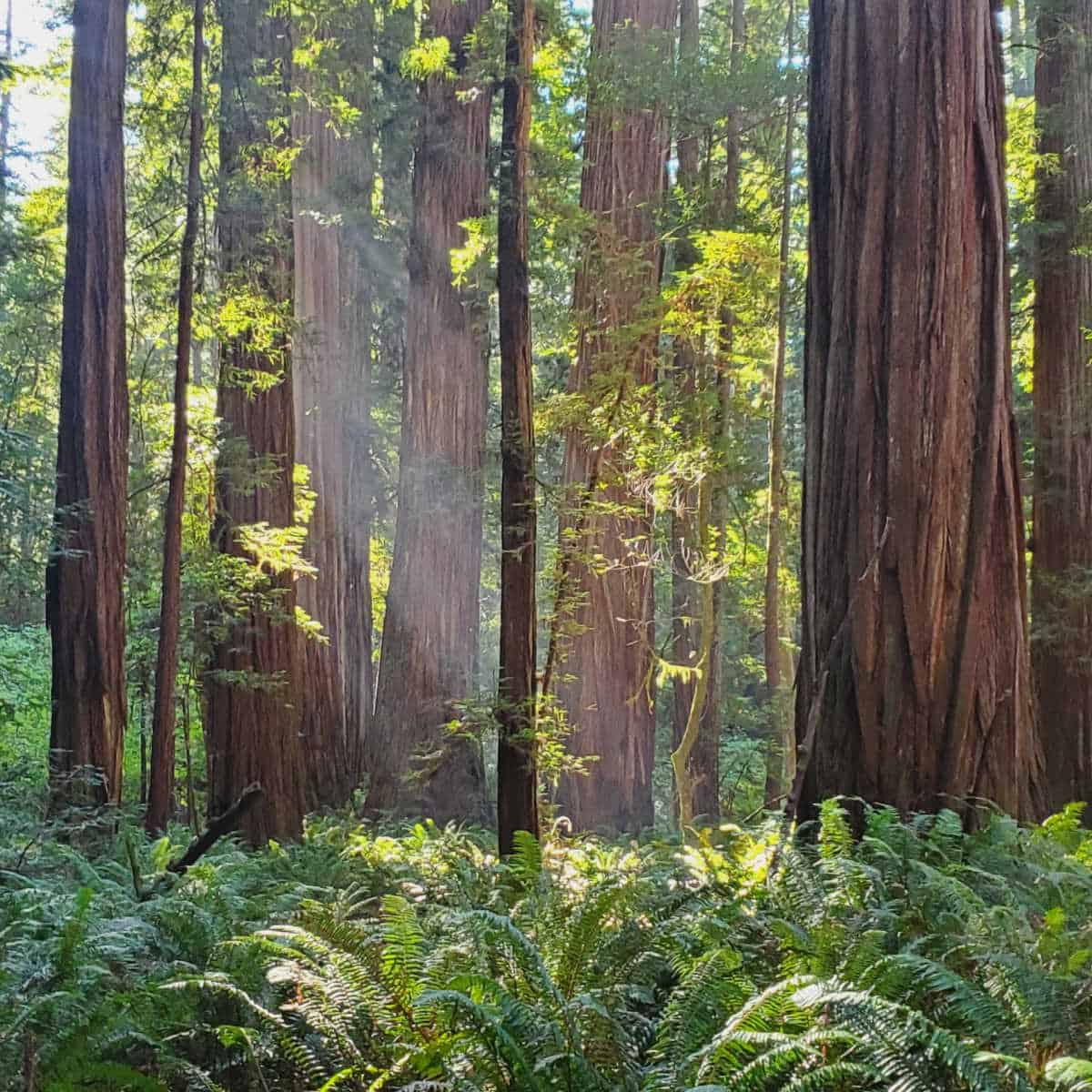
Redwood National Park
Top Things to do - Hiking, Scenic driving, Camping, Biking
Lodging - There are no lodging options within the park
Camping- There are four developed campgrounds in Redwood National and State Parks and seven backcountry campsites.
Park Address - 1111 Second Street, Crescent City, CA 95531
Located in Crescent City. It contains the tallest trees in the world. These Redwood trees can grow to over 260 feet tall. The park welcomes visitors year-round. However, in the winter, the weather is cold and the trails muddy. The hiking and biking trails wind through the redwoods.
The 40-mile scenic drive along the coast shows the rocky cliffs and the expansive ocean. The park has some of the best, short backpacking trails and mountain bikers will follow the many logging roads through the trees. In the spring, the wildflowers burst out providing unmatched photo opportunities.
The park itself has no camping facilities. However, state parks and forests adjacent and inside the park have four campgrounds.
Recreational areas Whiskey-town, Trinity, Shasta National Recreation Area provide many lake-related opportunities. Camping is available, but reservations are necessary during the summer months.

Rosie the Riveter / World War II Home Front National Historic Park
Top Things to do -Visitor Education Center, Ranger and Docent Programs, watch Park Flms, visit SS Red Oak Victory Ship, hiking and biking
Lodging - There are no lodging facilities in the park. However, there are many options for lodging in the City of Richmond and the surrounding communities.
Camping- There are no camping options within the park
Park Address - 1414 Harbour Way South, Suite 3000, Richmond, CA 94804
Rosie the Riveter World War II Home Front NHP is located in Northern California approximately 9 miles from Oakland. The park is dedicated to helping to honor women's contribution to the Allied victory during World War II.
Rosie the Riveter/World War II Home Front NHP is a partnership between the National Park Service, the City of Richmond and nonprofit groups to tell the story of women entering the workforce in droves. The park also shares many personal stories from "Rosies" who worked during this time.
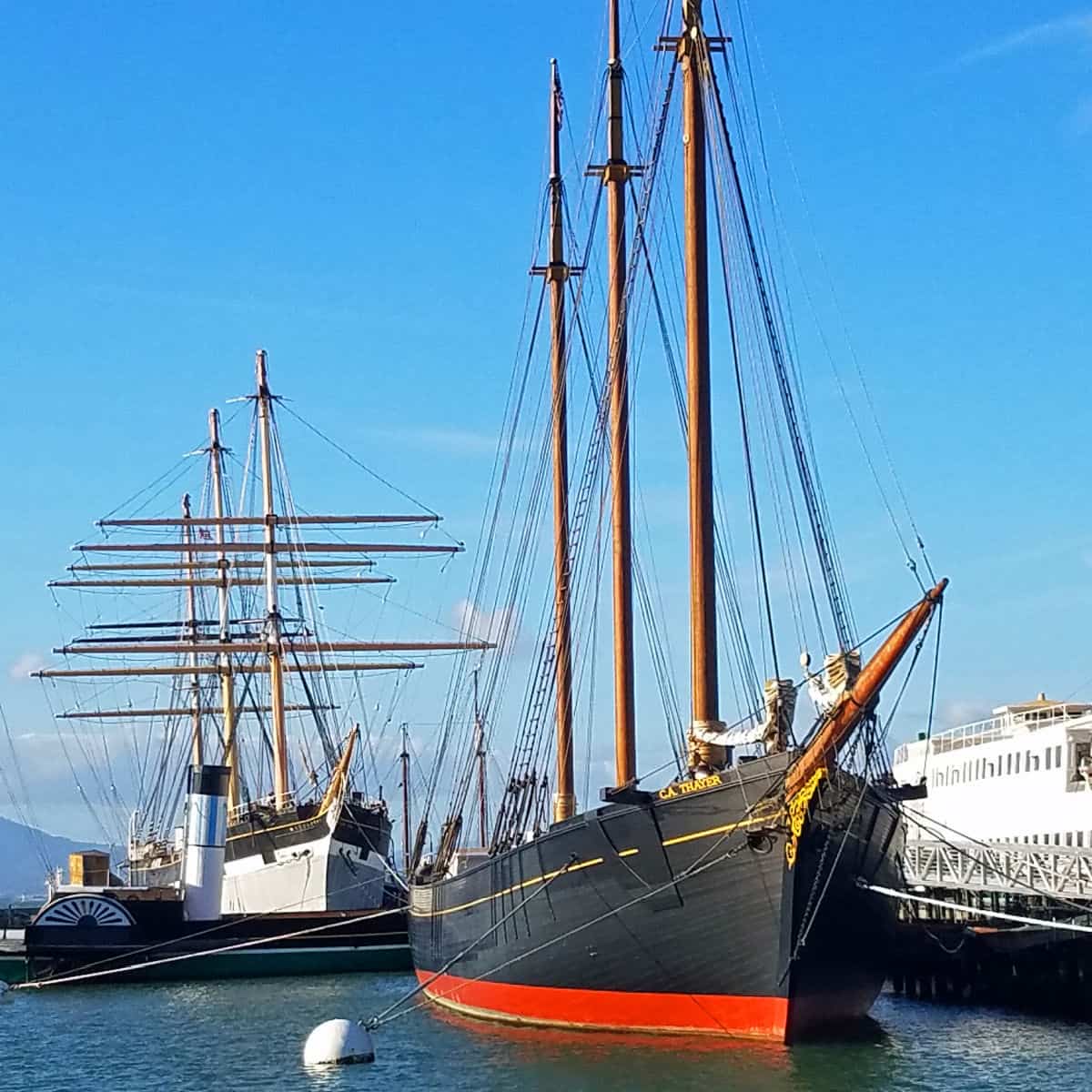
San Francisco Maritime National Historical Park
Top Things to do - visit the Visitor Center, View exhibits and films on Balclutha, Join park ranger-led interpretive programs and demonstrations on the historic ships and Hyde Street Pier, Visit the Maritime Research Center, gateway to the park’s collections, Enjoy wayside exhibits and hands-on activities on Hyde Street Pier
Lodging - The closest place to stay is a luxury boutique hotel located adjacent to the visitor center in one of the park's historic register properties.
Camping- There is no camping options within the park
Park Address - 2905 Hyde Street, San Francisco 94109
San Francisco Maritime NHP is located on the waterfront in San Francisco. The park offers the opportunity to tour historic ships and learn more about San Francisco Maritime history.
The park is located right in the Fisherman's Wharf neighborhood. Visitors can tour historic boats including an 1886 square-rigged ship called the Balclutha which served as a cargo ship until 1929. The C.A. Thayer which is a schooner built in 1895 to carry lumber.
The Eureka is a 300-foot long wooden-hulled ferryboat built-in 1890. One really cool ship si the Alma which is a wooden-hulled scow schooner built-in 1891. The cool thing is during the summer the park offers tours and sailings on the Alma.
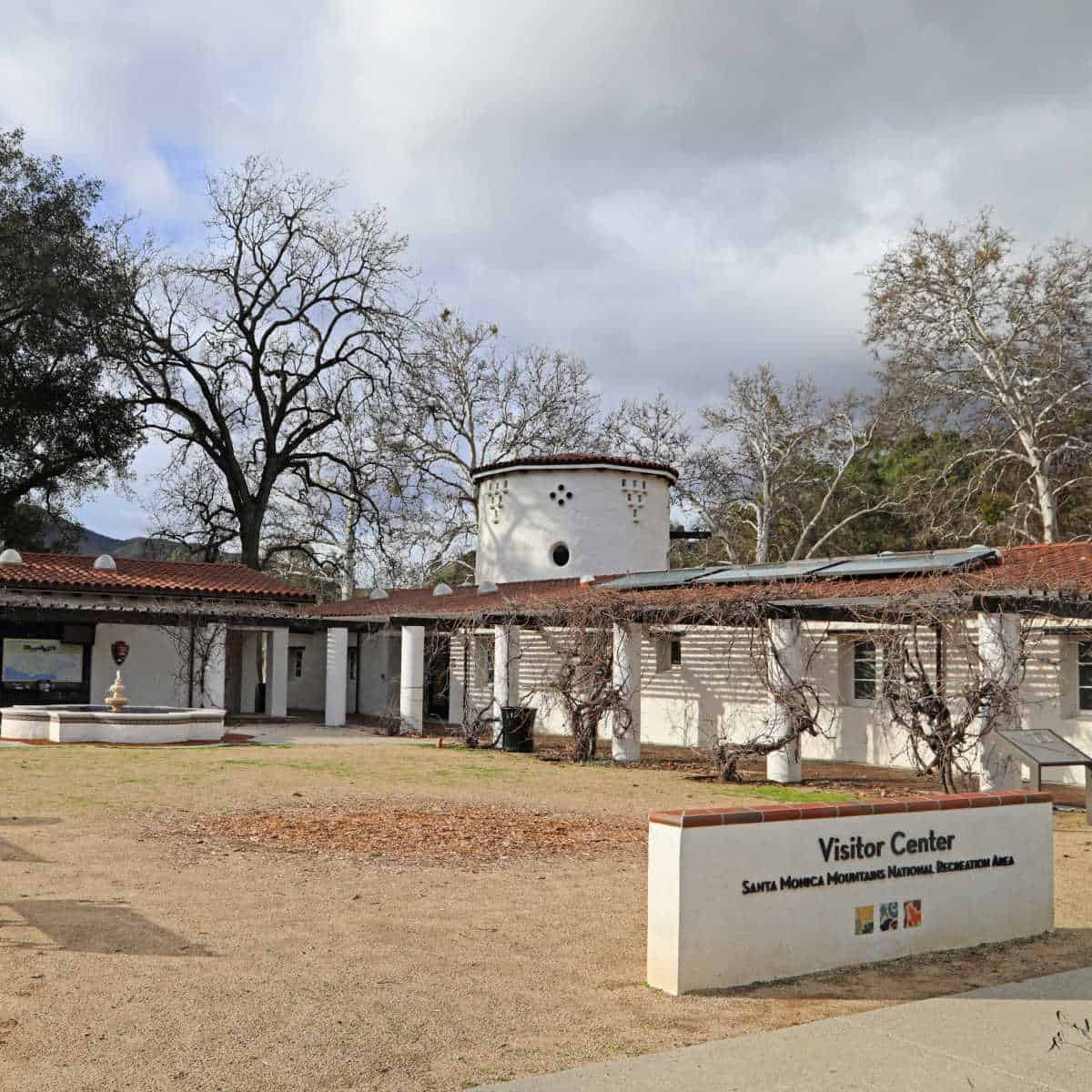
Santa Monica Mountains National Recreation Area
Top Things to do - Hiking (including the famous Backbone Trail), Mountain Biking, Horseback Riding, Climbing, Camping, Wildflower Viewing, Special Programs and Events
Lodging - While there aren't any hotels or lodges within the boundaries of the park itself, there are plenty of lodging options in nearby cities and communities.
Camping- Circle X Ranch Group Campground is the only campground the National Park Service operates in the Santa Monica Mountains. Several adjacent state parks and recreation areas also offer camping facilities.
Park Address - 26876 Mulholland Highway, Calabasas 91302
Santa Monica Mountains NRA is located in southern California just northwest of Los Angeles. The park is over 155,000 acres of gorgeous rolling hills perfect for hiking, biking, camping, and exploring.
A large portion of the park was devastated by wildfires a few years ago. Visitors should definitely check in with the visitor center to find out which sections of the park are open and safe to explore.
The park visitor center is located at King Gillette Ranch which was once owned by the Gillette shaving magnate. The visitor center is the perfect place to start a visit to the park. The exhibits do an amazing job of showing just how large this park is and all of the recreational opportunities.
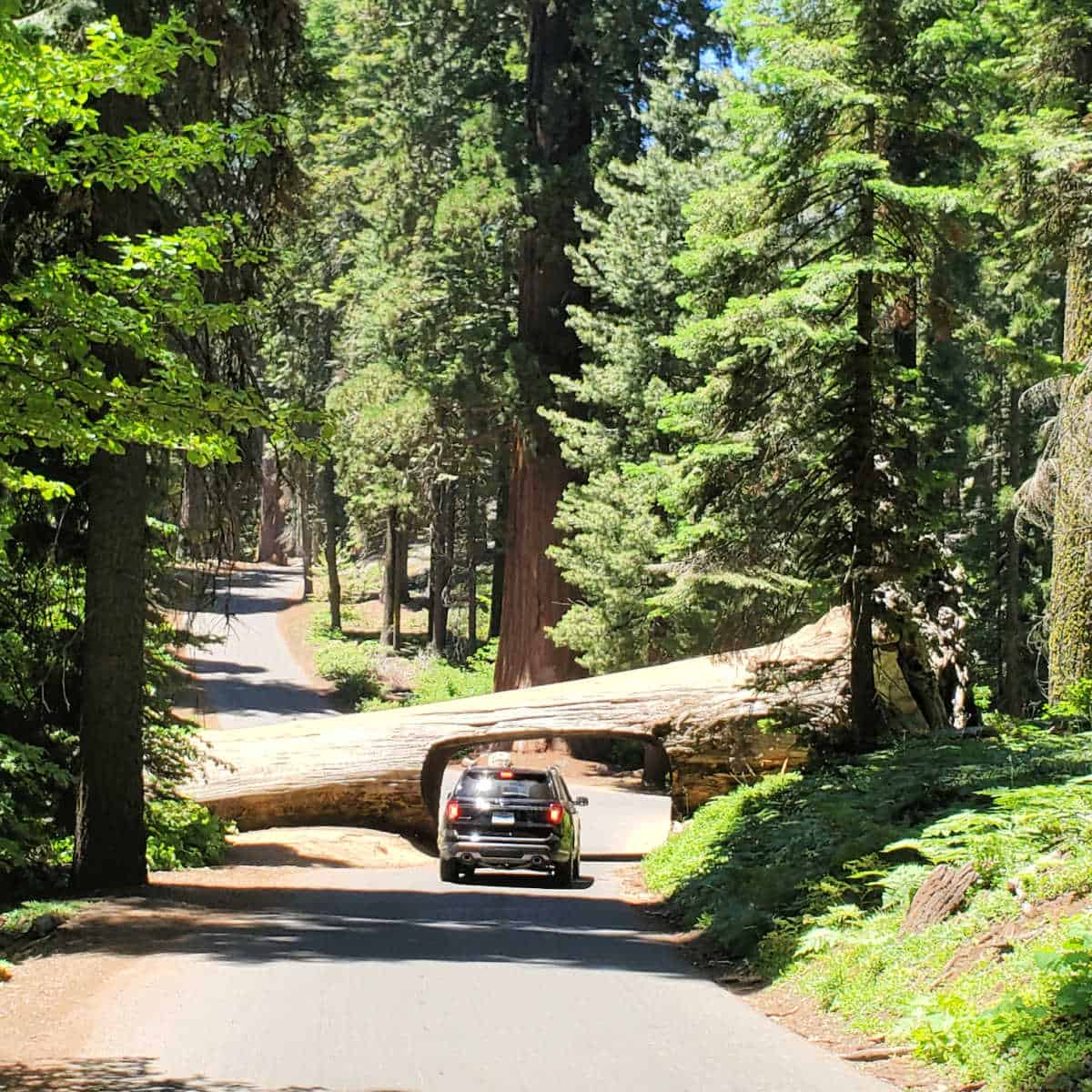
Sequoia National Park
Top Things to do - Day Hiking, Overnight Backpacking, Camping, Climb Moro Rock, Visitor Centers, Junior Ranger Program, Visit the General Grant Tree, Visit the General Sherman Tree, Picnicking, Watching Wildlife
Lodging - Within Sequoia National Park, you can find a range of lodging options, including Wuksachi Lodge, the primary lodging choice offering comfortable rooms and amenities near the Giant Forest; rustic Grant Grove Cabins in proximity to the General Grant Tree; modern John Muir Lodge in Grant Grove Village; Cedar Grove Lodge in the Kings Canyon section; and for those seeking a backcountry experience, the Bearpaw High Sierra Camp, accessible by hike.
Camping- There are fourteen campgrounds in the parks, including two that are open during all four seasons
Park Address - 47050 Generals Highway, Three Rivers, CA 93271
Sequoia NP located in central California approximately 57 miles east of Fresno. The park is co-managed with Kings Canyon NP.
This epic national park is open year-round and offers visitors the opportunity to stand in the shadows of giant Sequoia trees. Established in 1890 as the 2nd National Park in the United States after Yellowstone National Park.
The Generals Highway travels between Sequoia and Kings Canyon NP. Visitors drive through the Giant Forest on their way to the General Sherman Tree. Be prepared to stare in awe at the sheer size of the Sequoia trees.
The General Sherman Tree is the world's largest tree! The designation is by volume not by height. The General Sherman tree is more than 270 feet high, 102 feet in circumference, and is estimated to be 2,100 years old.
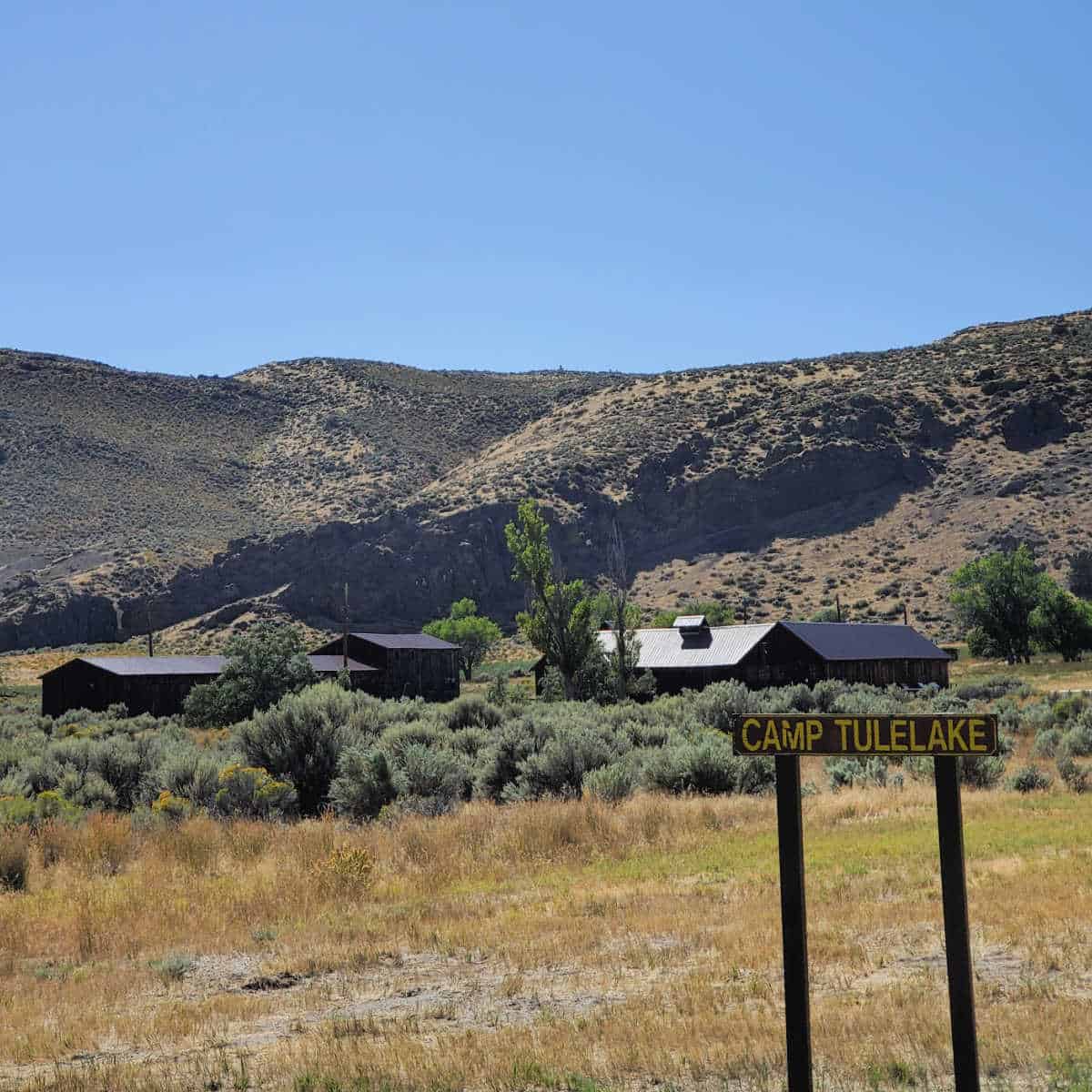
Tule Lake National Monument
Top Things to do - Visitor center, Tulelake-Butte Valley Fairgrounds Museum, Guided tours, Visit the Tule Lake Segregation Center, Tule Lake Historical Landmark Plaque, Camp Tulelake
Lodging - There is no lodging within Tule Lake National Monument
Camping- There is no camping in the NM
Park Address - The visitor center is located 8 miles south of Tulelake CA along Hwy 139 at 44340 Hwy 139. Tulelake, CA 96134
Tule Lake National Monument is located in Northern California. The park includes Tule Lake Segregation Center and Camp Tulelake.
This park used to be co-managed with Pearl Harbor in Hawaii. Recently the park became designated as a national monument. It is a park in progress as the National Park Service builds out its programing and builds a visitor center.
Currently, visitors can visit the visitor center at the Tulelake Fairgrounds Museum. Visitors can see the Tule Lake Segregation Center and Camp Tulelake from the road for photos and to check out the interpretive panels. Tours are offered on a limited basis from the visitor center.
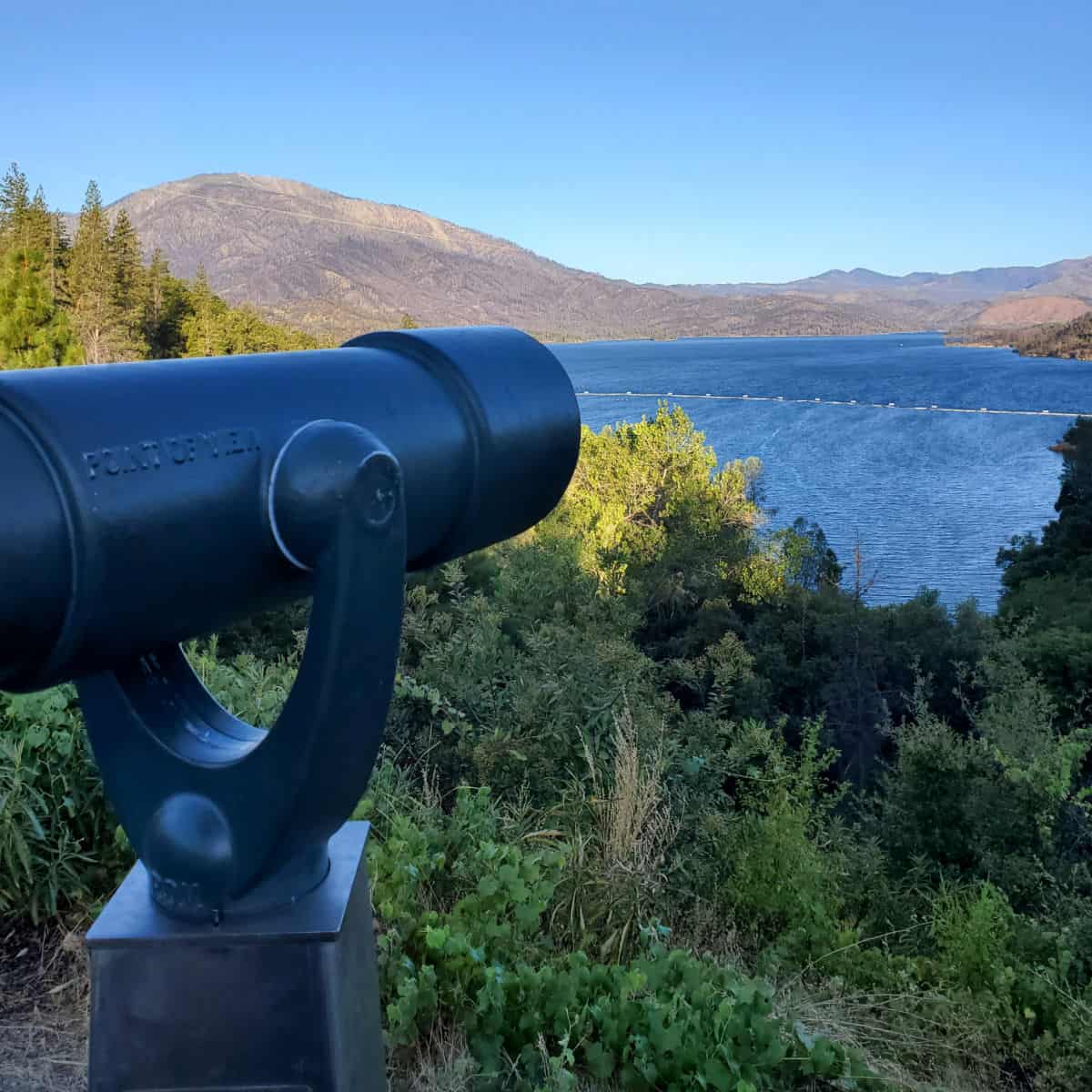
Whiskeytown National Recreation Area
Top Things to do - Join Ranger-led programs and kayak tours on Whiskeytown Lake, sailing, fishing, swimming, and waterskiing, Junior ranger programs, picnicking, hunting, mountain biking
Lodging - There is no lodging in Whiskeytown NRA. A number of year-round resorts, hotels, bed and breakfasts, inns, and motels are available in the city of Redding and other nearby communities.
Camping- Whiskeytown National Recreation Area, offers a variety of campgrounds for visitors to enjoy its natural beauty. Oak Bottom Campground and Brandy Creek Campground are both situated near the lake, providing tent and RV sites with amenities such as restrooms, showers, and boat access. Sheep Camp offers a more rustic, wooded camping experience, while Crystal Creek Campground and Peltier Bridge Campground cater to those seeking a remote and primitive camping experience with limited facilities. For a truly primitive experience, East Beach Campground on the northeast side of Whiskeytown Lake offers no amenities, requiring visitors to pack in and pack out all supplies
Park Address - 14412 Kennedy Memorial Drive, Whiskeytown, CA 96095
Whiskeytown NRA is located in northern California approximately 8 miles west of Redding.
The park is open year-round offering hiking, boating, camping, picnicking, and swimming. A couple of years ago the park was ravaged by wildfire. Many areas within the park are still recovering from the fires and closed.
When planning a visit make sure to check with the visitor center or online for status updates from the park. When we visited the park many areas were still closed.
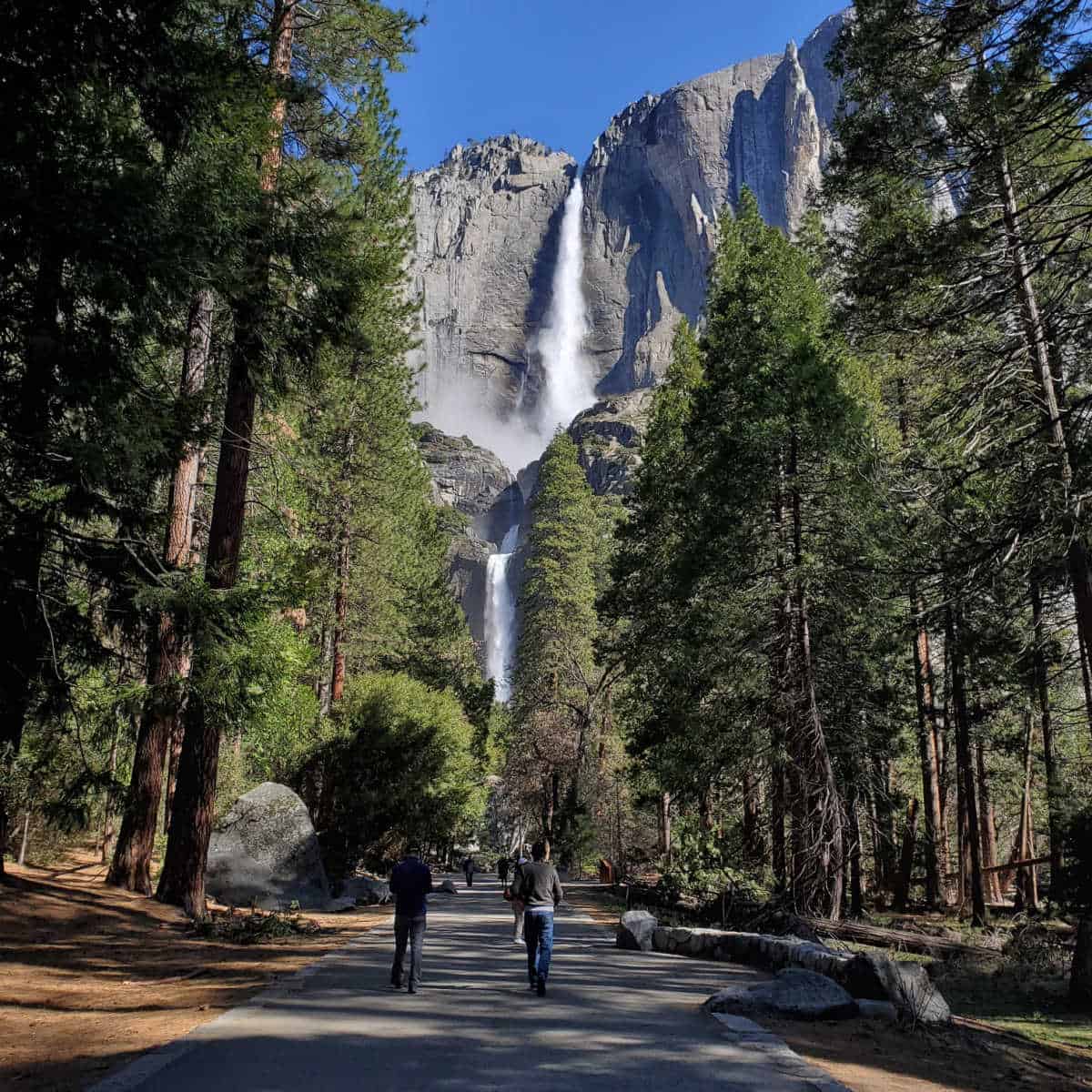
Yosemite National Park
Top Things to do - Camping, Hiking, Ranger and Interpretive Programs, Guided Tours, Auto Touring, Biking, Birdwatching, Fishing, Picnicking, Horseback riding, Stargazing, Rock climbing, Water activities, Winter sports
Lodging - Yosemite National Park offers various lodging options inside the park. These include the iconic and luxurious The Ahwahnee, the comfortable Yosemite Valley Lodge, the historic Wawona Hotel, rustic cabins at Curry Village, remote White Wolf Lodge, and Tuolumne Meadows Lodge.
Camping- Yosemite National Park offers various campgrounds, Yosemite Valley Campground is central, Wawona Campground is near Big Trees Lodge, and Bridalveil Creek Campground offers a remote experience. Crane Flat, Hodgdon Meadow, and White Wolf Campgrounds are suitable for visitors from the western entrance, while Tamarack Flat and Porcupine Flat are smaller, rustic options. Tuolumne Meadows Campground is great for high-country exploration, and Tioga Pass Resort is just outside the eastern entrance.
Park Address - 9035 Village Drive, Yosemite Valley, CA 95389
Glaciers carved the hanging valleys of Yosemite, and the marks of that icy passage are still sharp and plain to see. Waterfalls tumble down chutes of gray granite and chunks of mountain domes stand guard. Yosemite Valley gets most of the visitors, but other regions of the park are as magnificent and much less crowded.
South of Yosemite Valley, Glacier Point is a gorgeous overlook. Here, visitors stare down at the famous waterfalls of the valley walls and across to the gray granite majesty of Half Dome and its companions. Many trails into the backcountry start near Glacier Point.
In the northern wilderness of Yosemite, backpackers explore the Grand Canyon of the Tuolumne on a long tough trail. Its beauty amply rewards the dogged hiker. Waterwheel Falls on the Tuolumne is like nothing else on earth. In the right conditions, its waters arc up and around, defying gravity.
Yosemite Park is always open, but the rigors of winter are not for everyone (though the valley is uncrowded then). Many of the roads close in winter, but visitors can ski cross-country and camp in the snow.
The elegant Ahwahnee and the nostalgic Wawona are popular hotels at any time of year, but especially at Christmas. Yosemite Valley Lodge sits at the base of Yosemite Falls, and simple accommodations from tent sites to cabins are scattered throughout the Yosemite Valley. White Wolf Lodge on Tioga Pass is a peaceful place to stay before heading off into the wilderness.
Abraham Lincoln signed the bill that set aside land for Yosemite in Northern California. Later, John Muir camped with Teddy Roosevelt at Glacier Point and persuaded him to increase the protection of the park. Most of Yosemite is designated wilderness now, protected forever from civilization.
Affiliated Sites
California National Historic Trail
(CA, CO, ID, KS, MO, NE, NV, OR, UT, WY)
Juan Bautista de Anza National Historic Trail
Old Spanish National Historic Trail
Pony Express National Historic Trail
( CA, CO, KS, MO, NE, NV, UT, WY)
Presidio of San Francisco
Planning a National Park vacation? America the Beautiful/National Park Pass covers entrance fees for an entire year to all US National Park Sites and over 2,000 Federal Recreation Fee Sites.
The park pass covers everyone in the car for per vehicle sites and for up to 4 adults for per-person sites.
Buy on REI.com and REI will donate 10% of pass proceeds to the National Forest Foundation, National Park Foundation and the U.S. Endowment for Forestry & Communities.
Free Entrance Days -Mark your calendars with the five free entrance days the National Park Service offers annually.
For a fun adventure, check out Escape Campervans. These campervans have built-in beds, kitchen area with refrigerators, and more. You can have them fully set up with kitchen supplies, bedding, and other fun extras. They are painted with epic designs you can't miss!
Escape Campervans has offices in Vancouver, Seattle, Portland, San Francisco, Las Vegas, Los Angeles, Phoenix, Salt Lake City, Denver, Chicago, New York, and Orlando
California National Parks List
- Alcatraz Island
- Cabrillo National Monument
- Castle Mountains National Monument
- César E. Chávez National Monument
- Channel Islands National Park
- Death Valley National Park (also Nevada)
- Devils Postpile National Monument
- Eugene O’Neill National Historic Site
- Fort Point National Historic Site
- Golden Gate National Recreational Area
- John Muir National Historic Site
- Joshua Tree National Park
- Kings Canyon National Park
- Lassen Volcanic National Park
- Lava Beds National Monument
- Manzanar National Historic Site
- Mojave National Preserve
- Muir Woods National Monument
- Pinnacles National Park
- Point Reyes National Seashore
- Port Chicago Naval Magazine National Memorial
- Redwood National Park
- Rosie the Riveter / World War II Home Front National Historic Park
- San Francisco Maritime National Historical Park
- Santa Monica Mountains National Recreation Area
- Sequoia National Park
- Tule Lake National Monument
- Whiskeytown National Recreation Area
- Yosemite National Park
Affiliated Sites
- California National Historic Trail (CA, CO, ID, KS, MO, NE, NV, OR, UT, WY)
- Juan Bautista de Anza National Historic Trail
- Old Spanish National Historic Trail
- Pony Express National Historic Trail ( CA, CO, KS, MO, NE, NV, UT, WY)
- Presidio of San Francisco
There are 28 California National Parks with over 40 million visitors each year. These parks produce over $2 billion in economic benefits from visitors.
National Parks in California include 9 wild and scenic rivers managed by the National Park Service, 4 National Trails, 2,738 National Register of Historic Places listings, 145 National Historic Landmarks, 36 National Natural Landmarks and 2 World Heritage Sites.
California National Parks protect 92 threatened and endangered species!
The National Parks in California also include 3,839 places recorded by the Heritage Documentation Program, 26,532,245 objects in the California National Park Museum collections.
National Parks in neighboring states
Do you know how many National Parks you have visited? Check out our printable list of all US National Park Sites to count how many you have been too!
